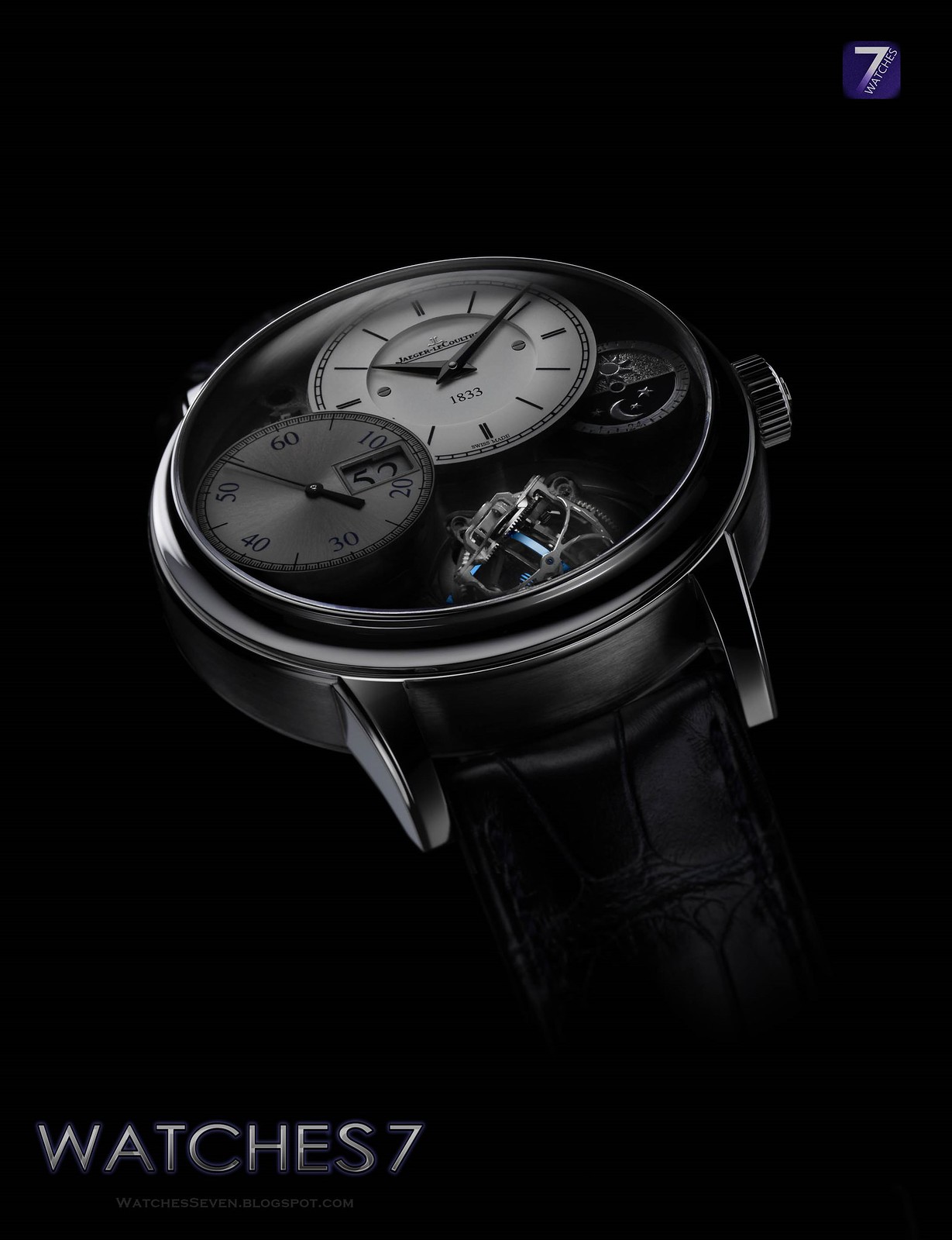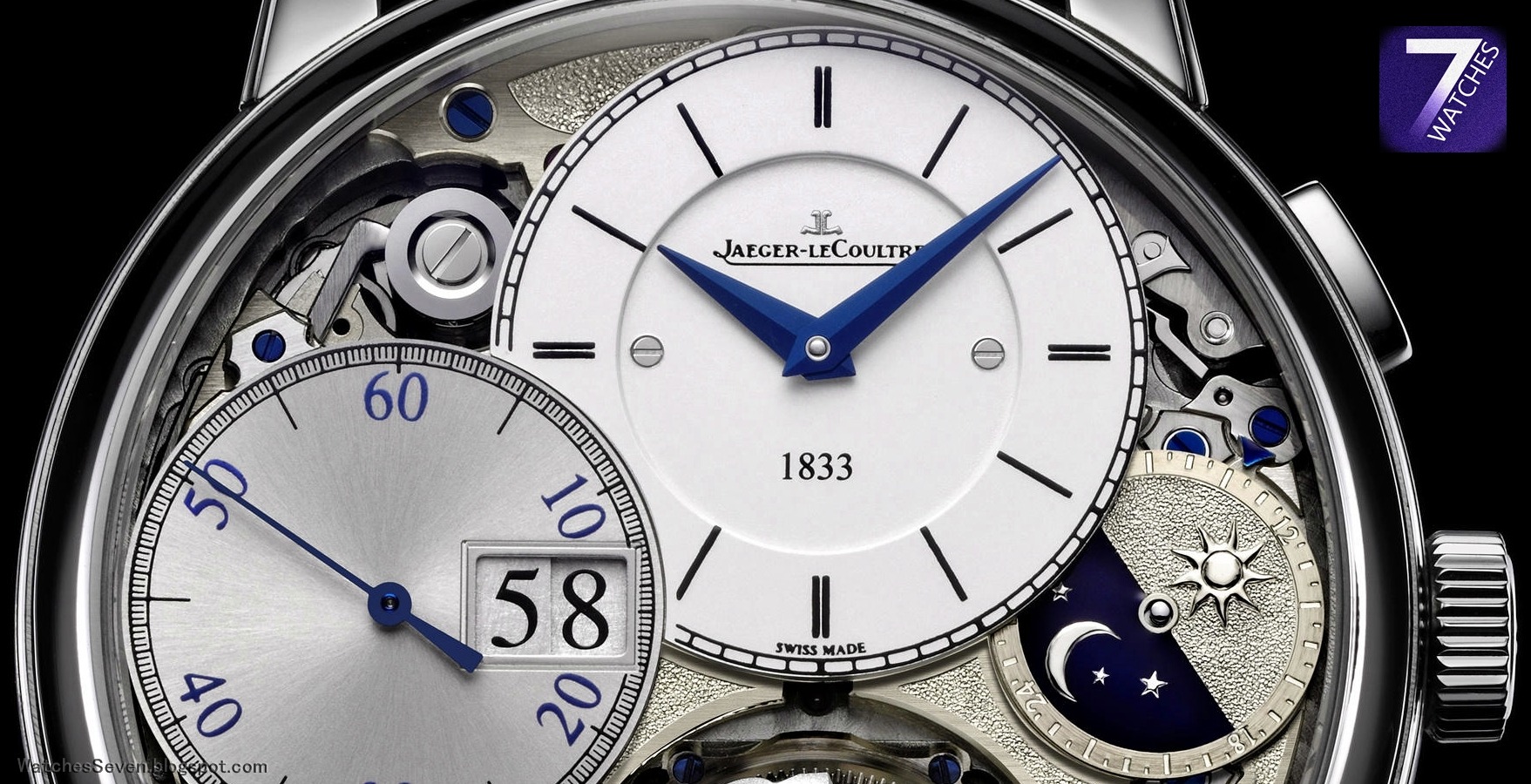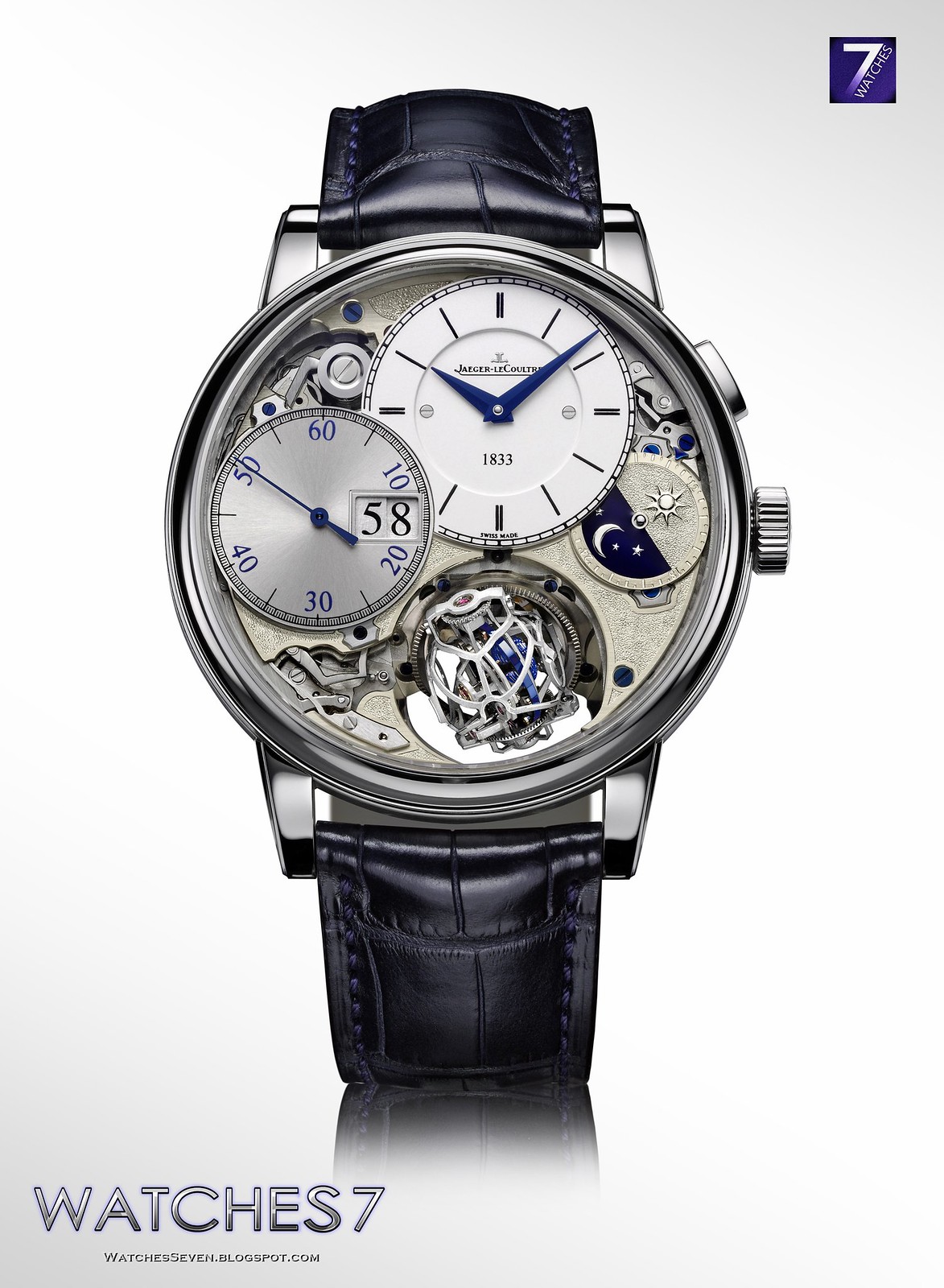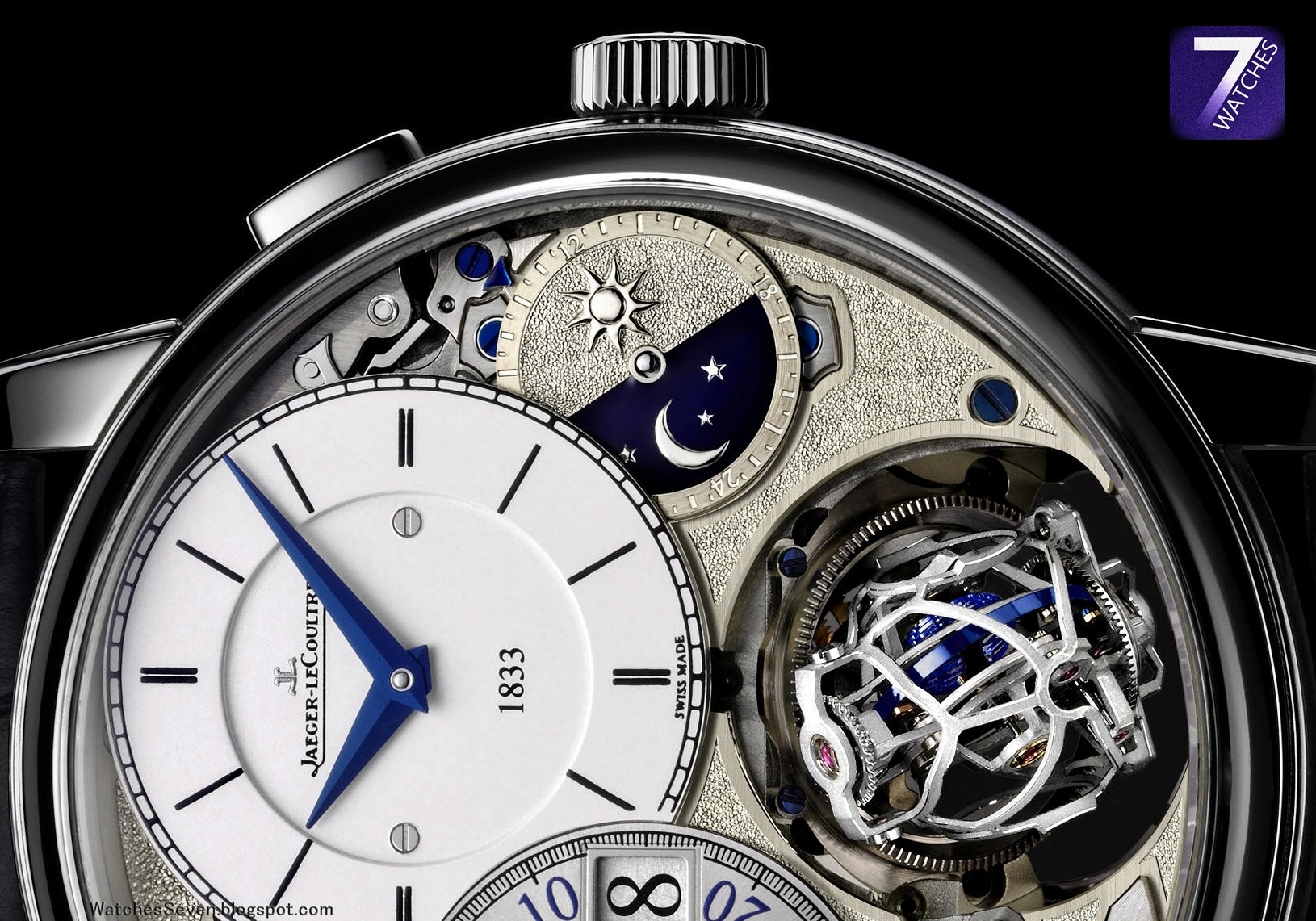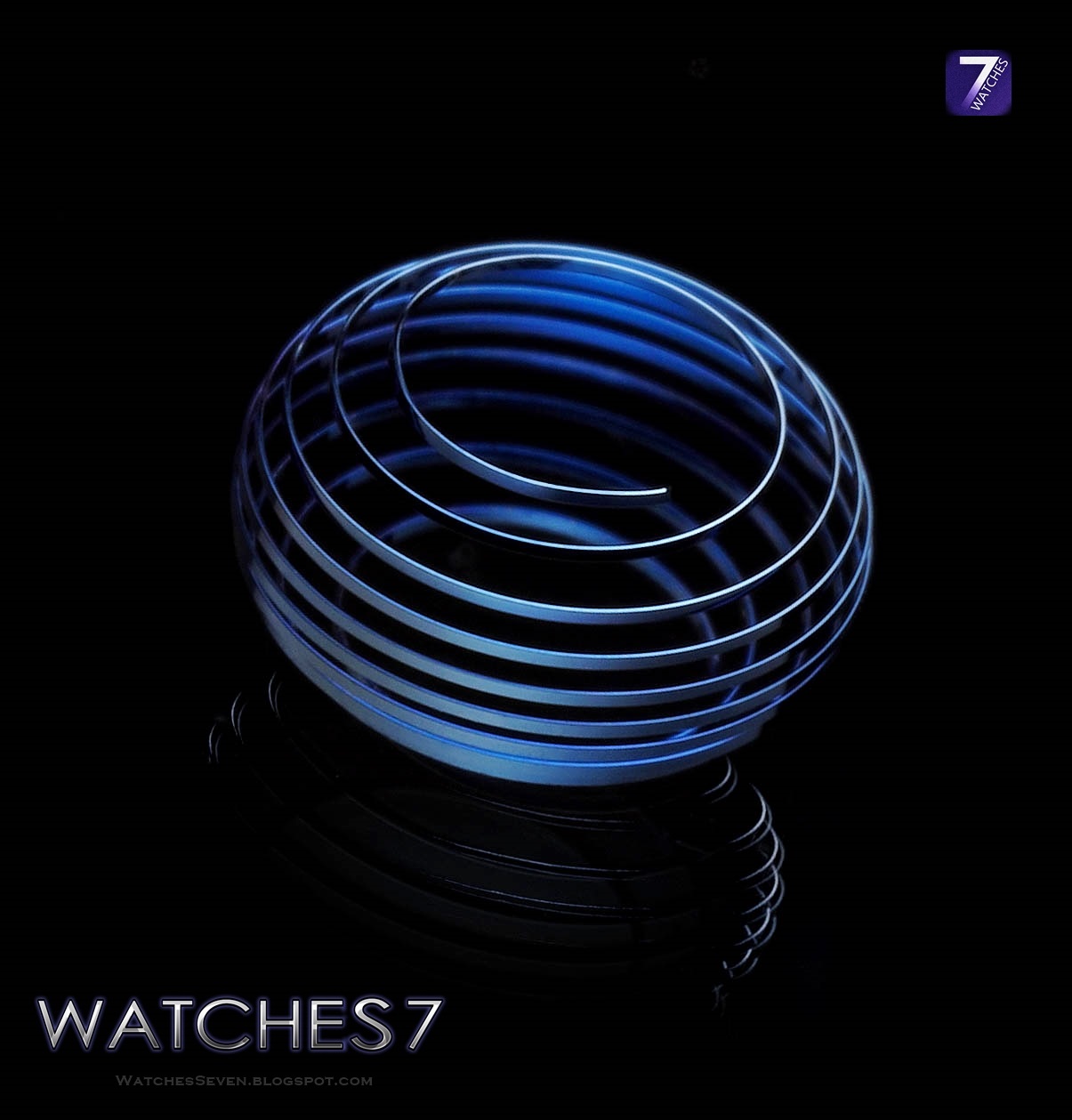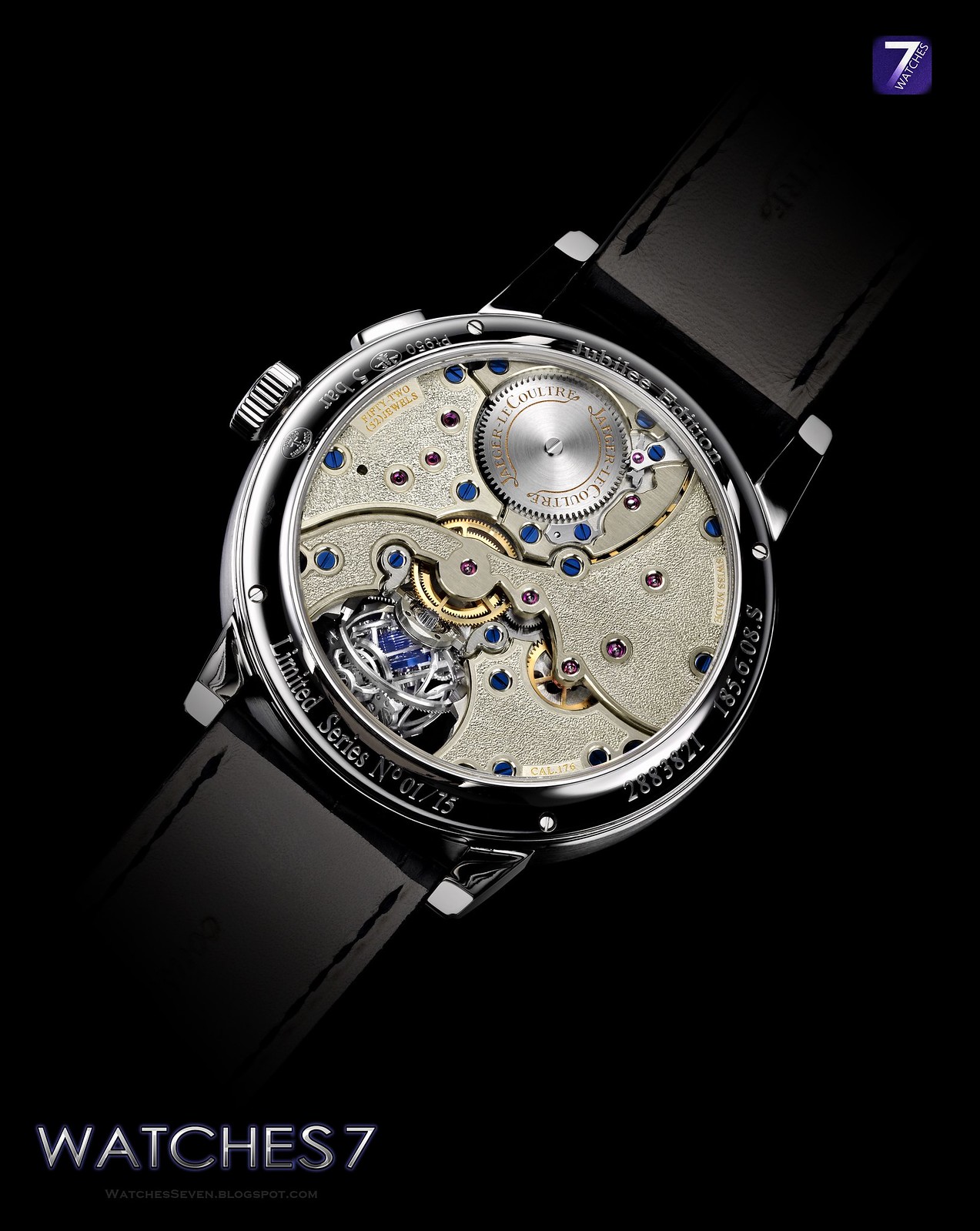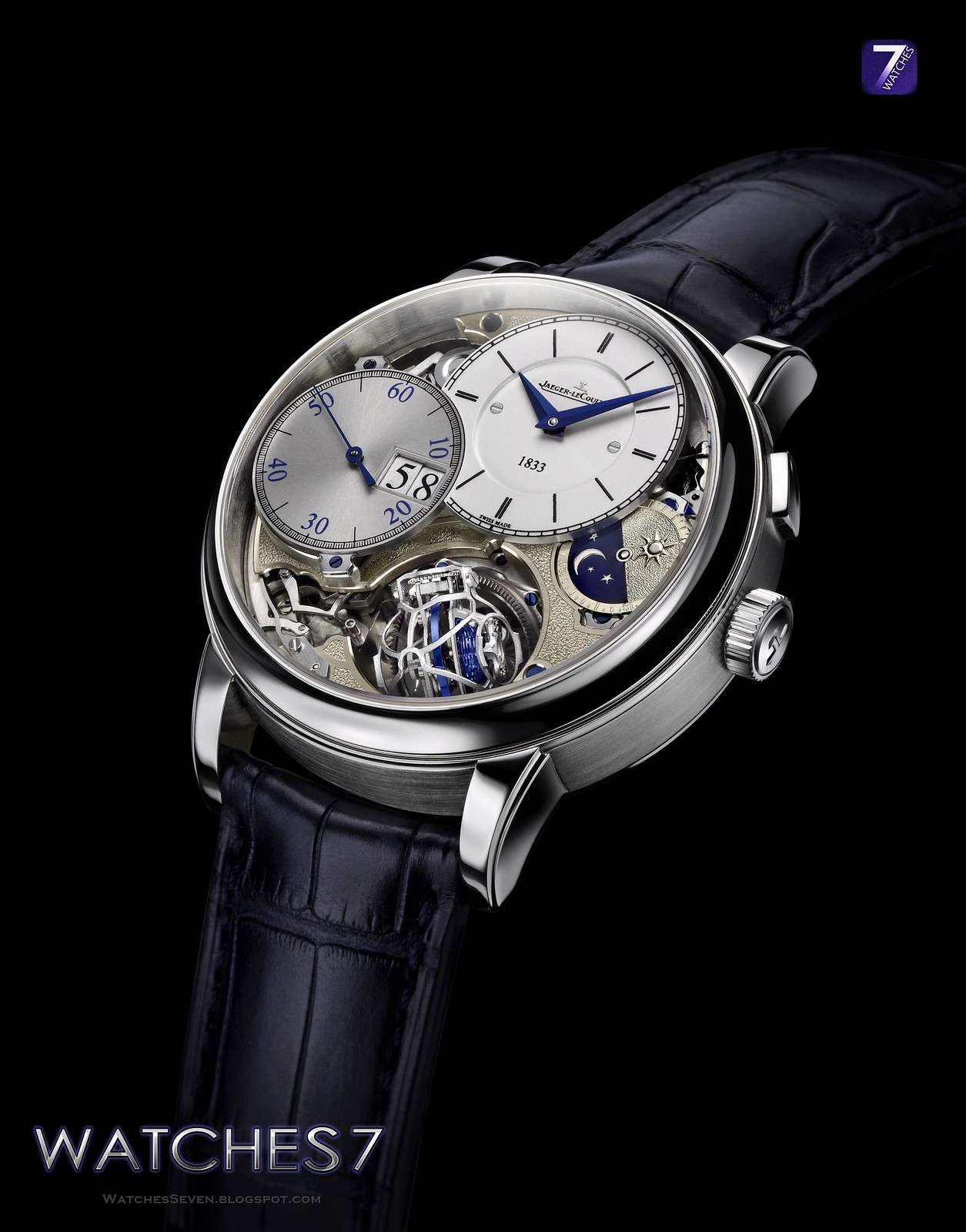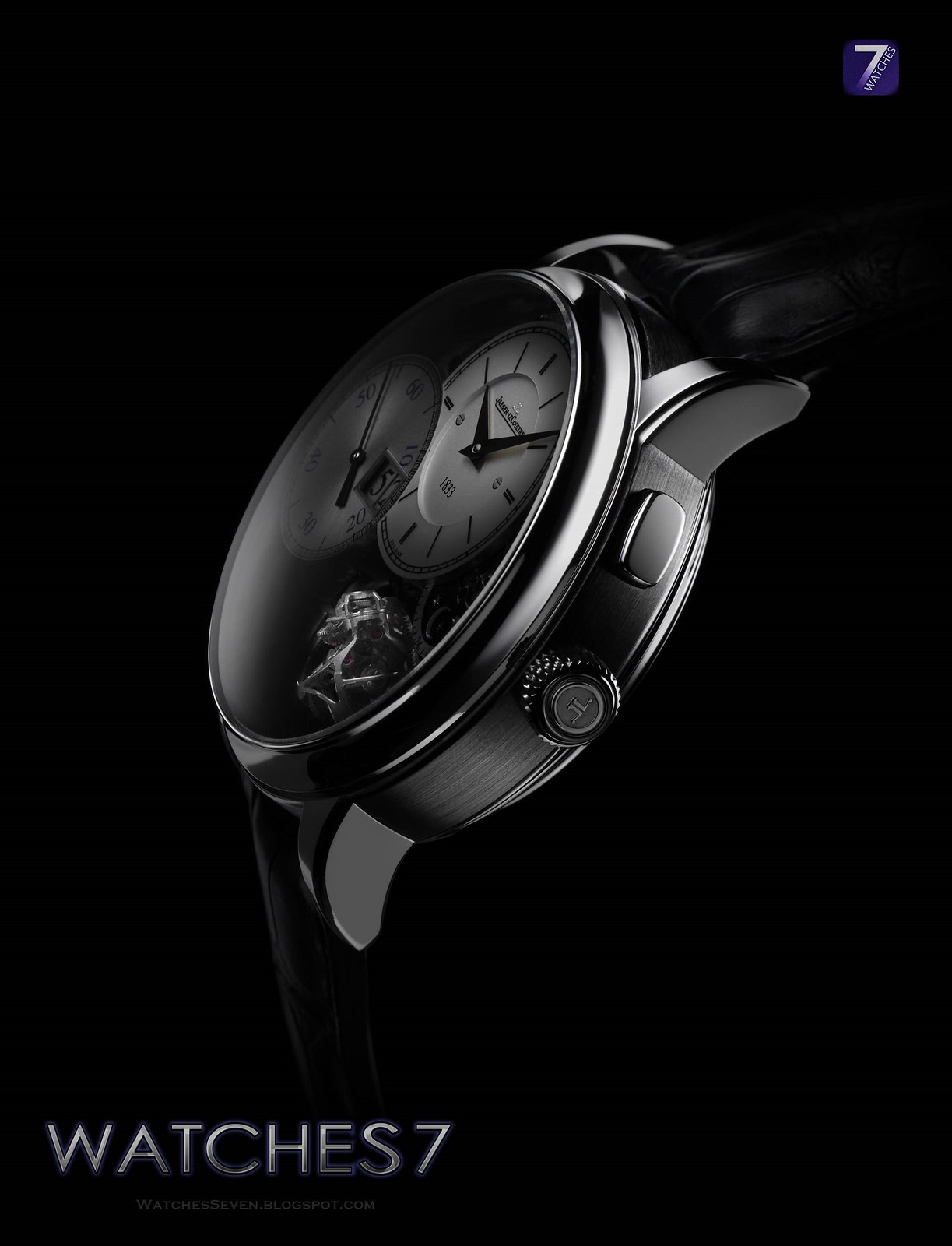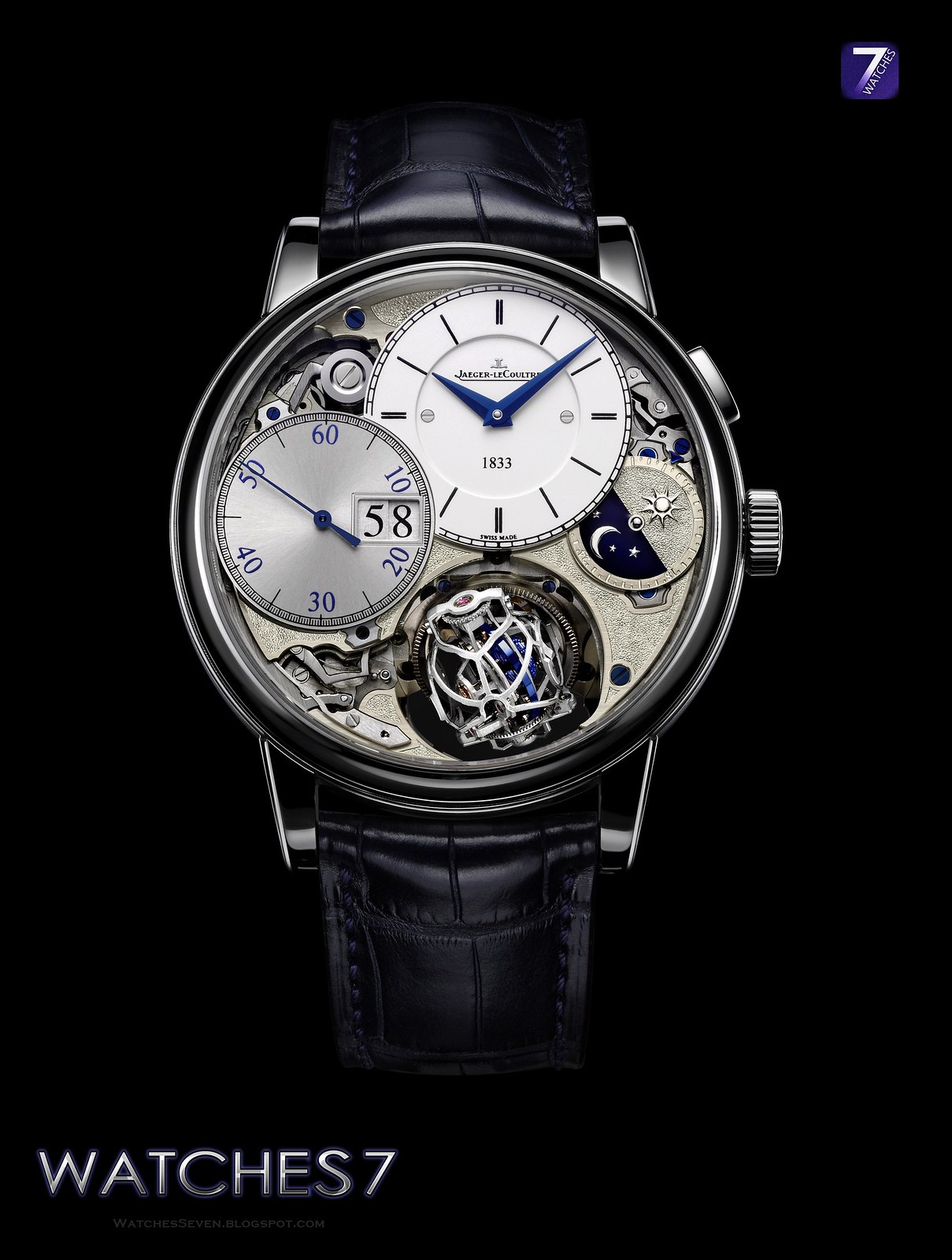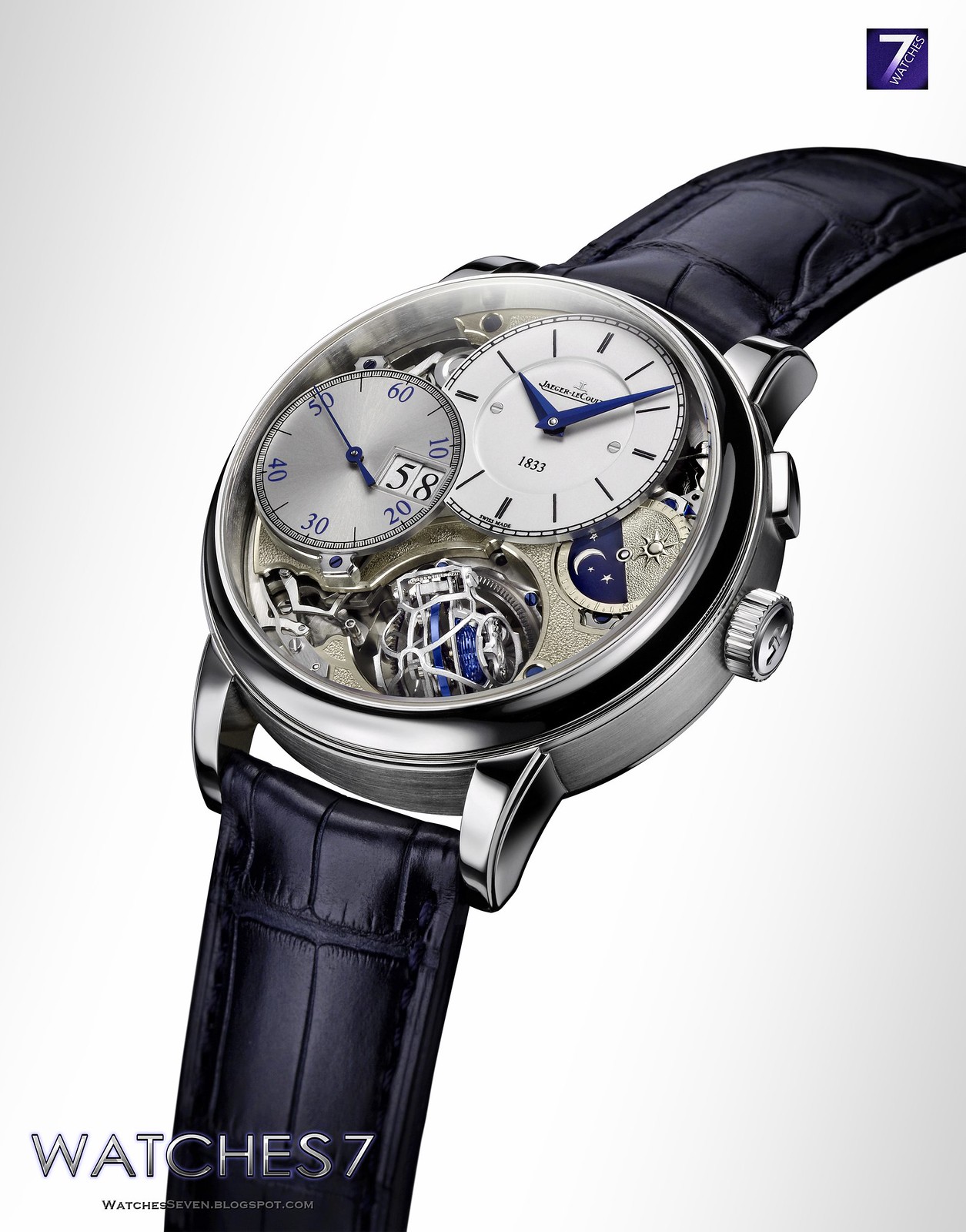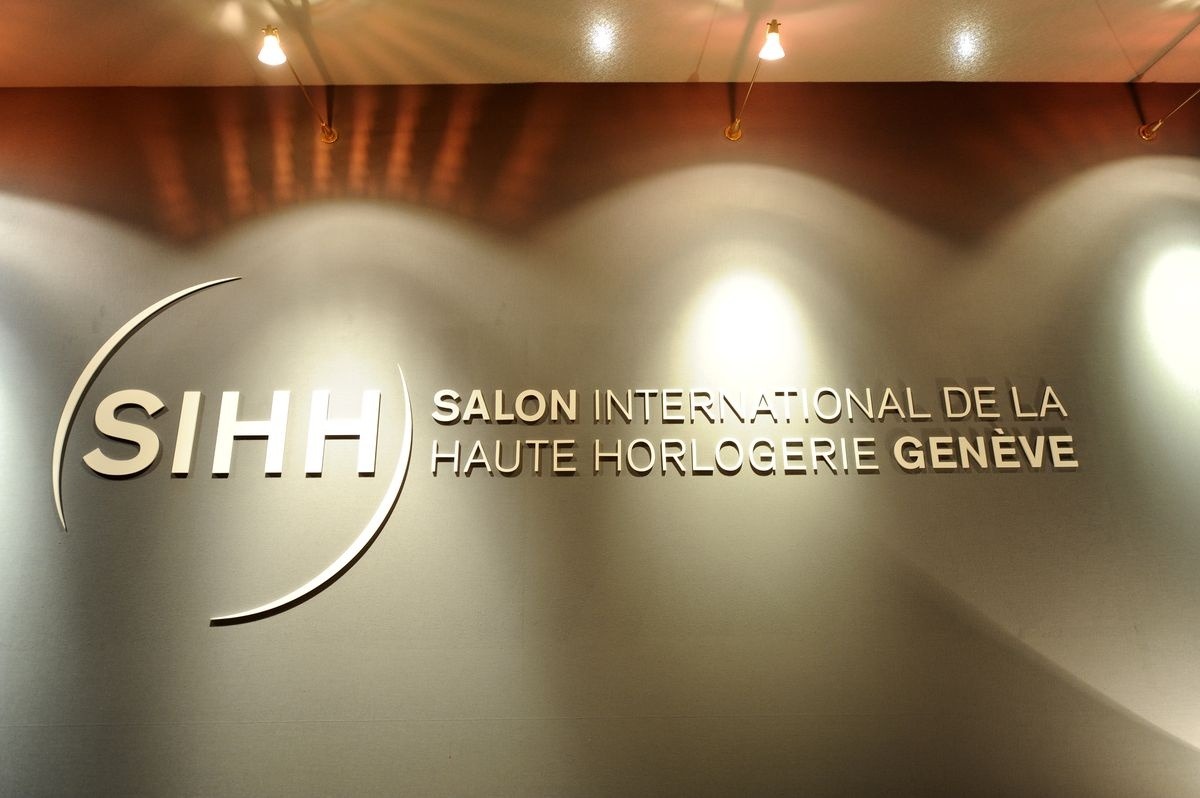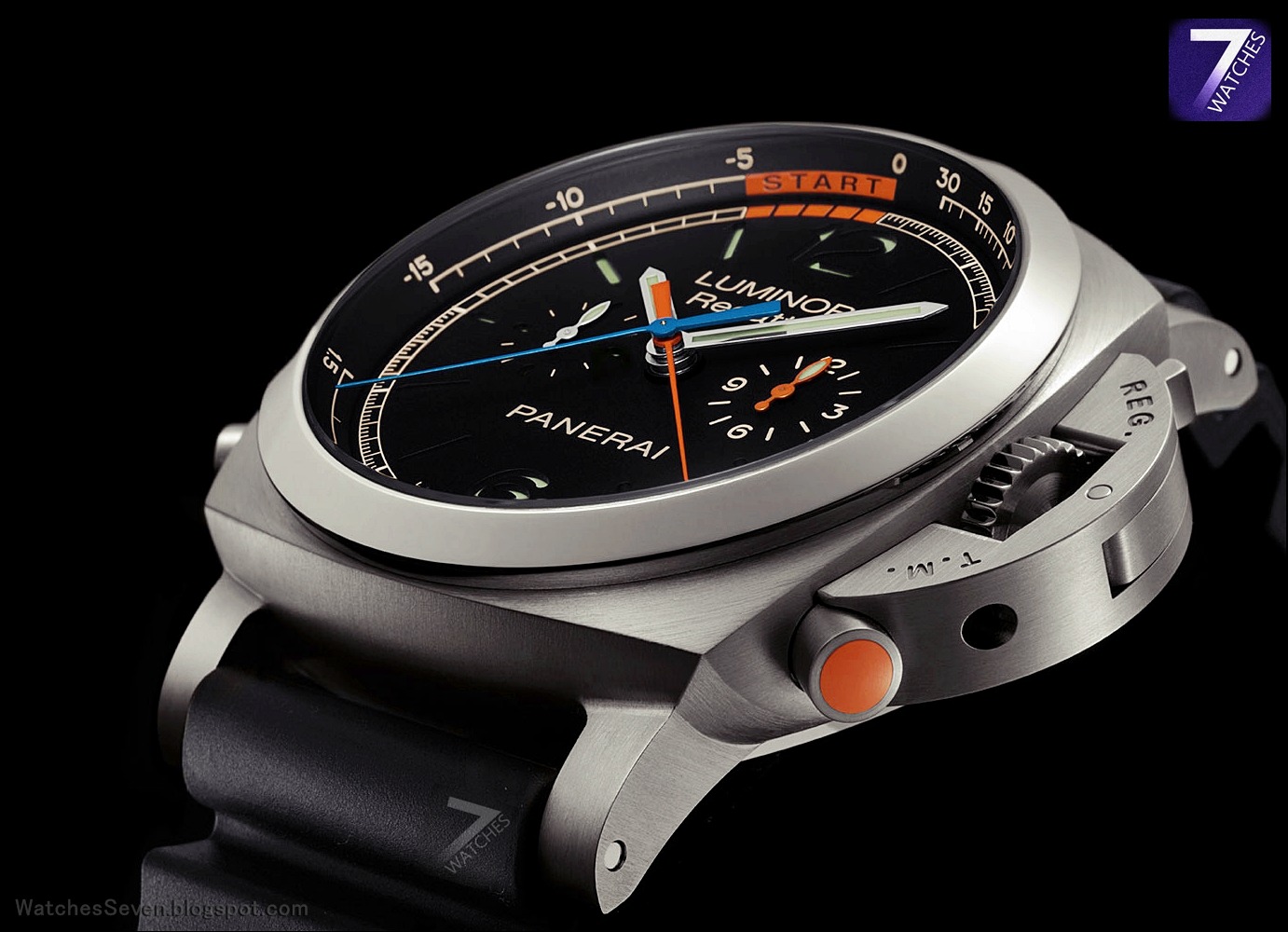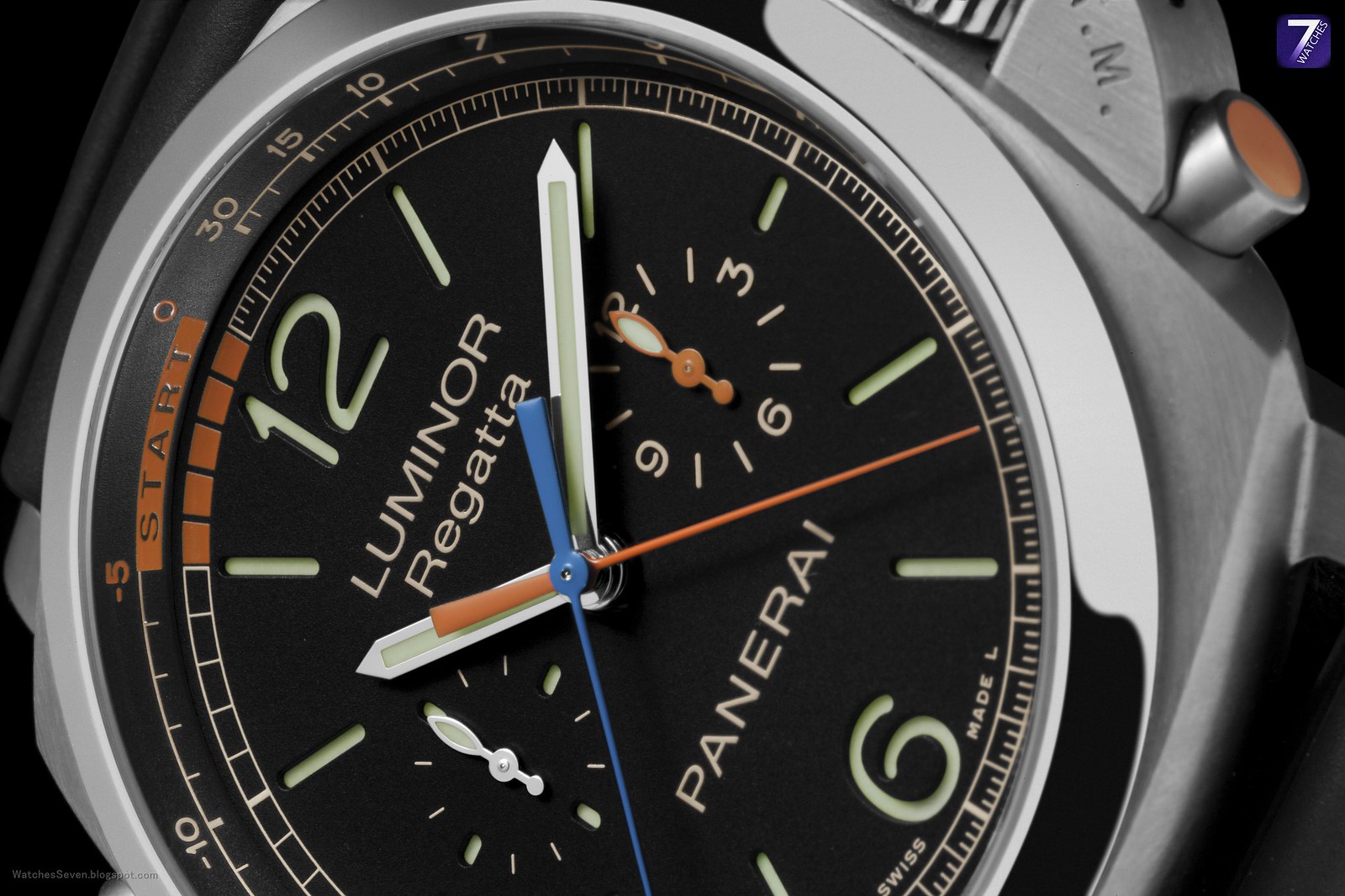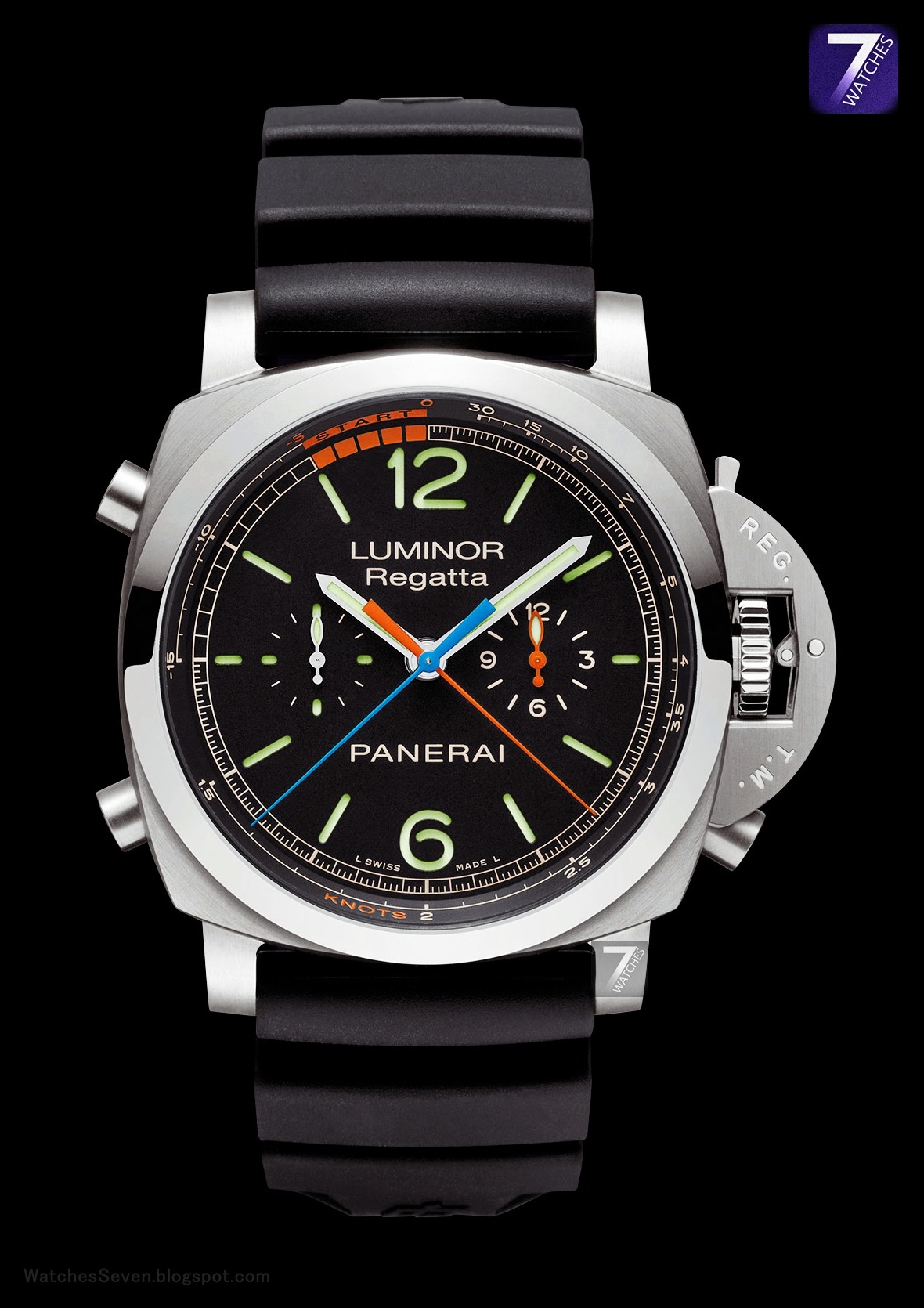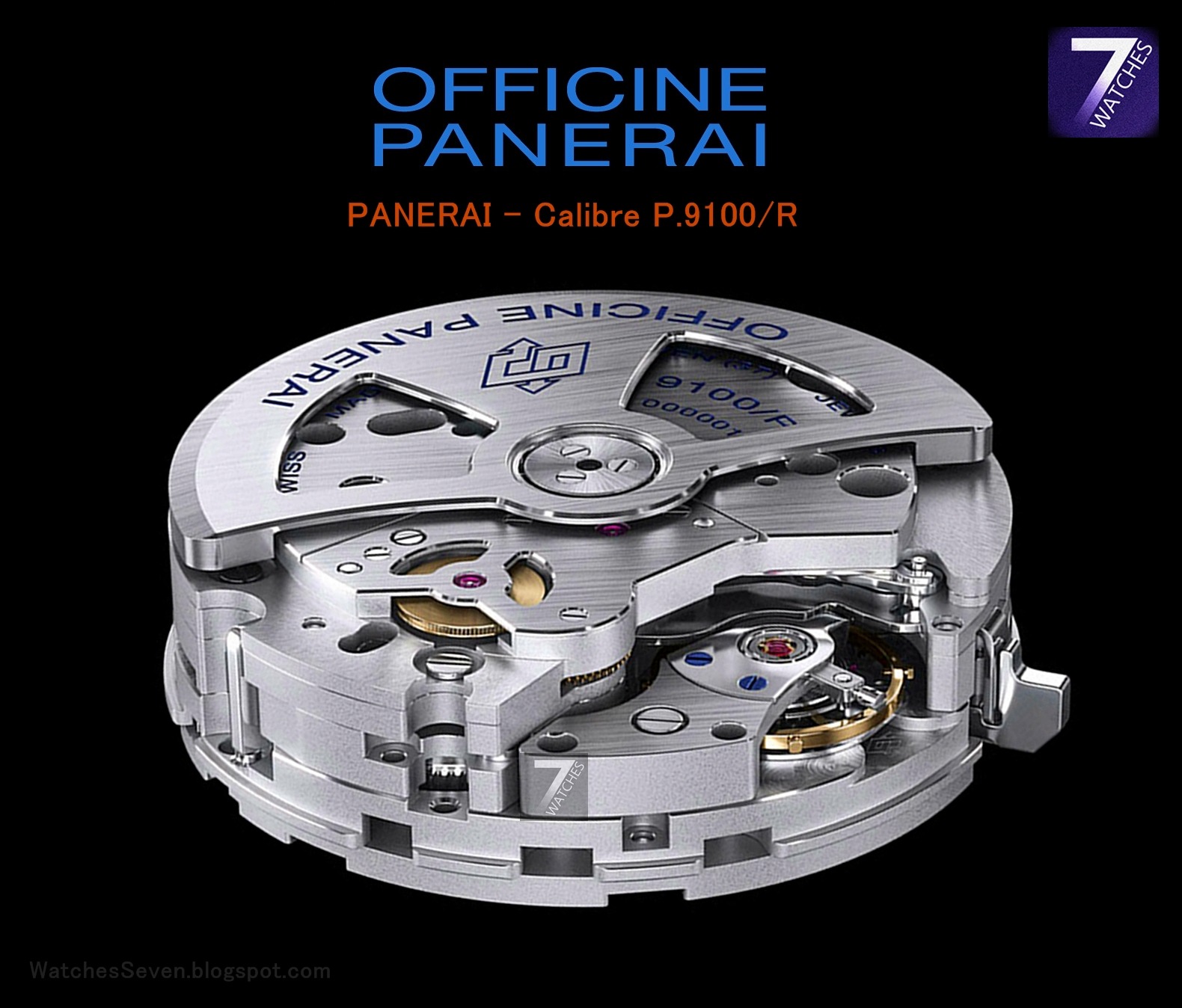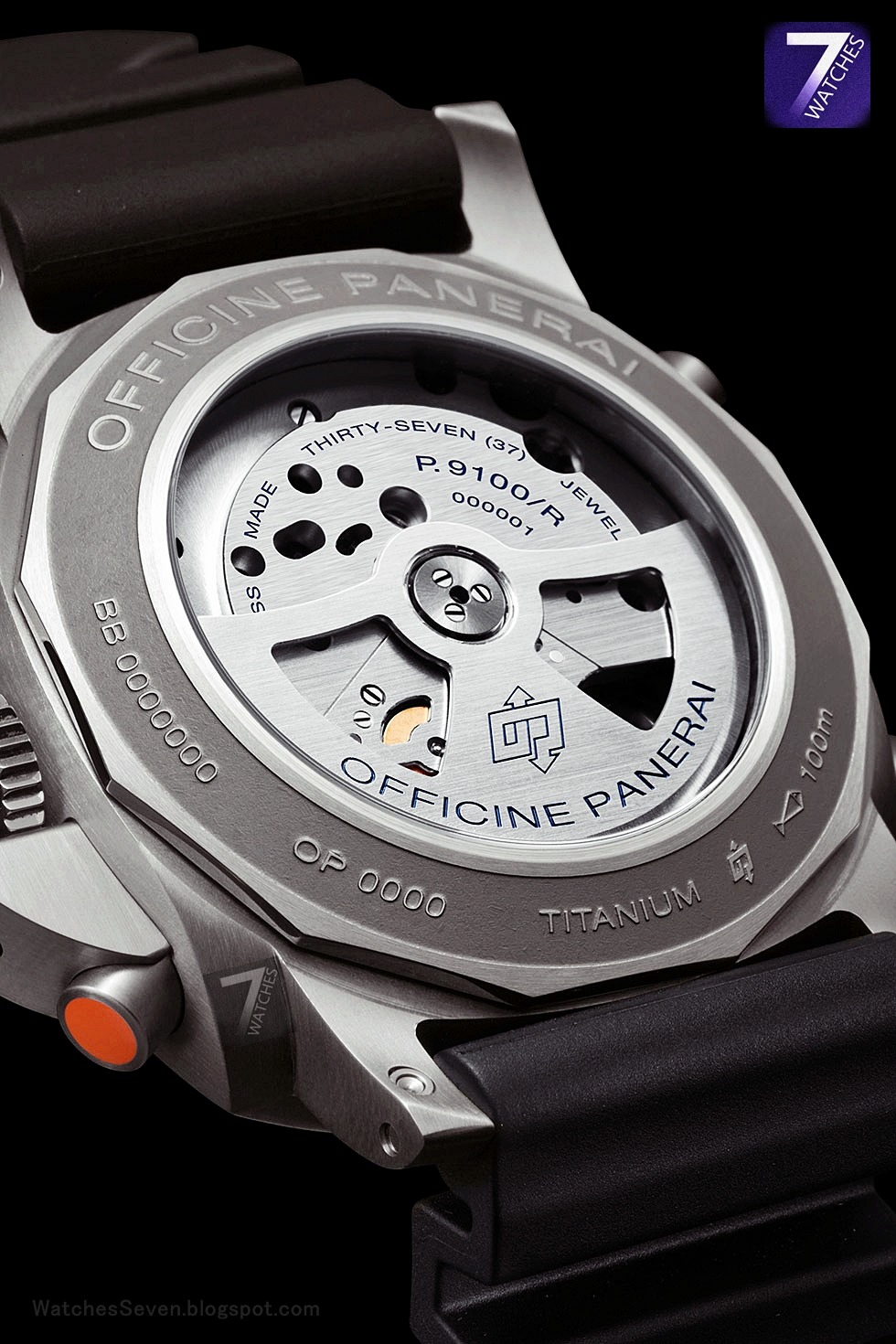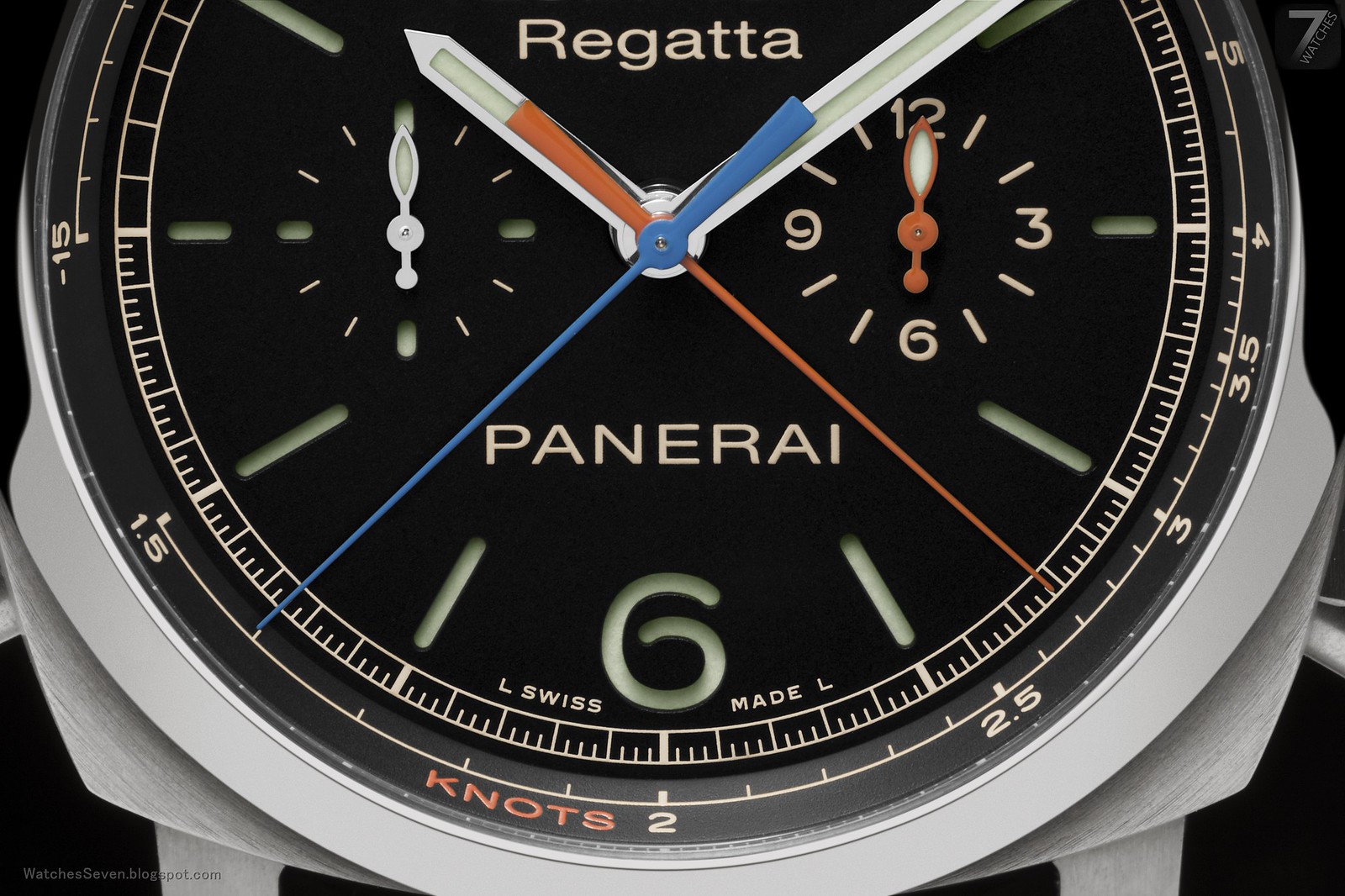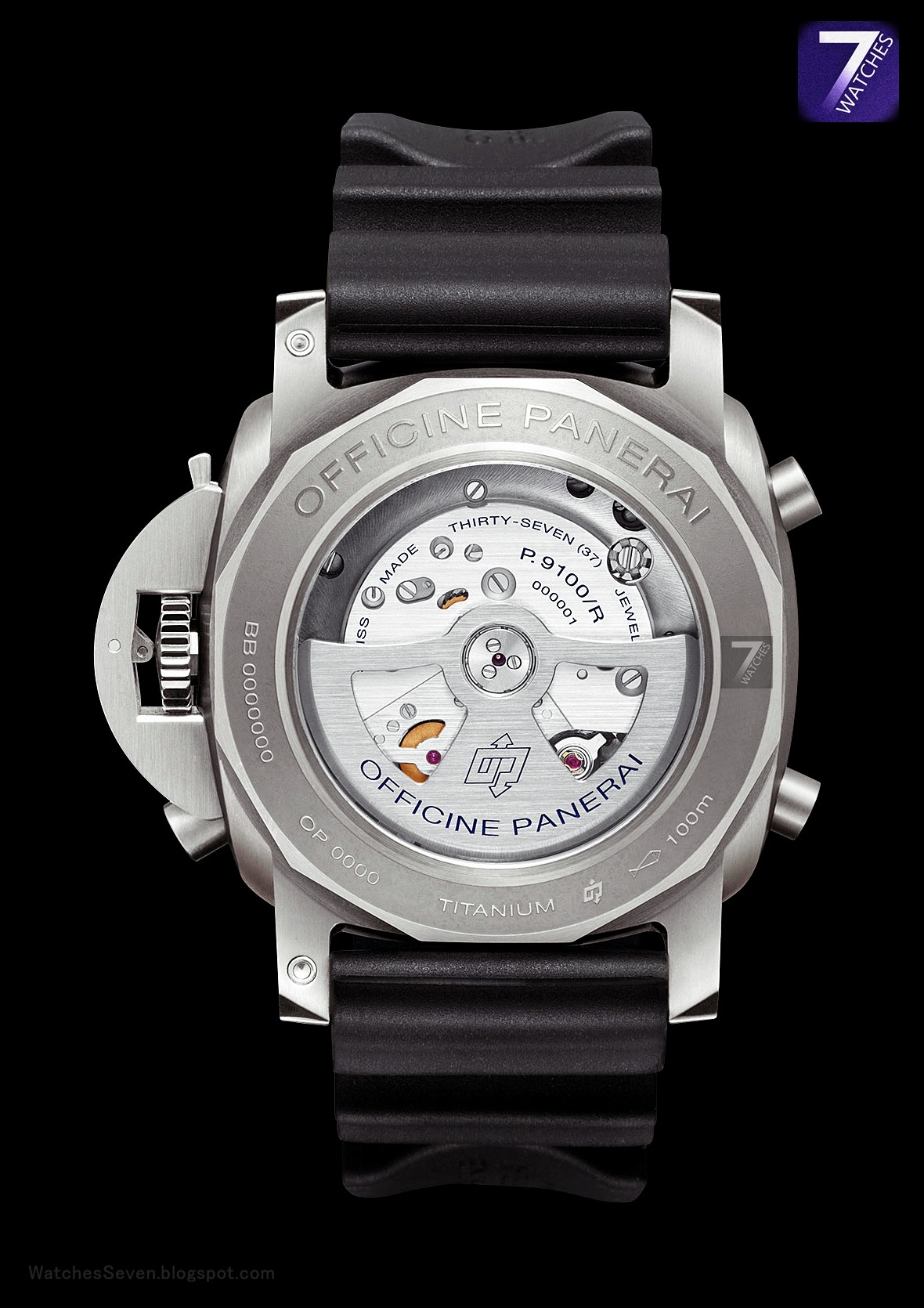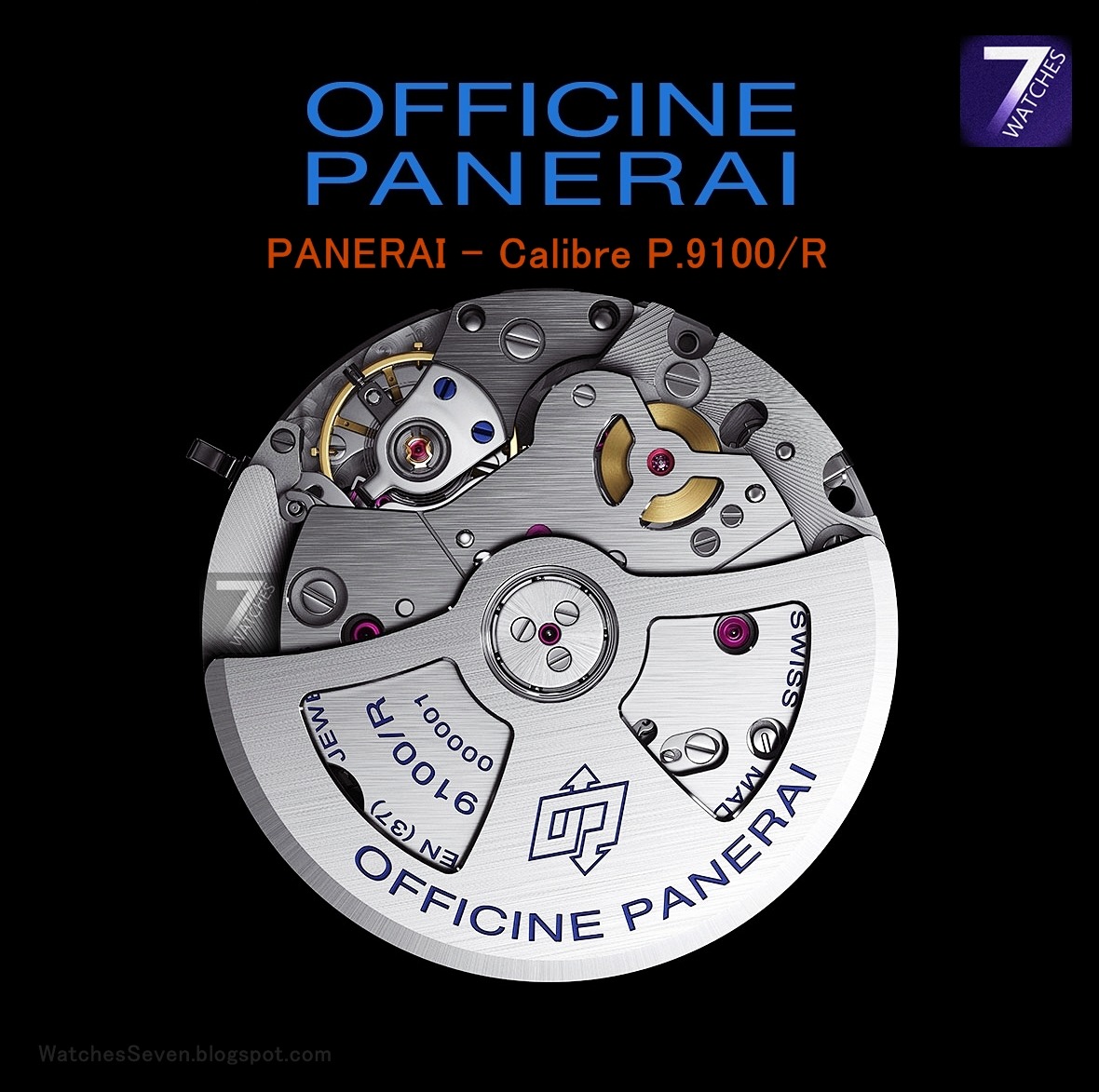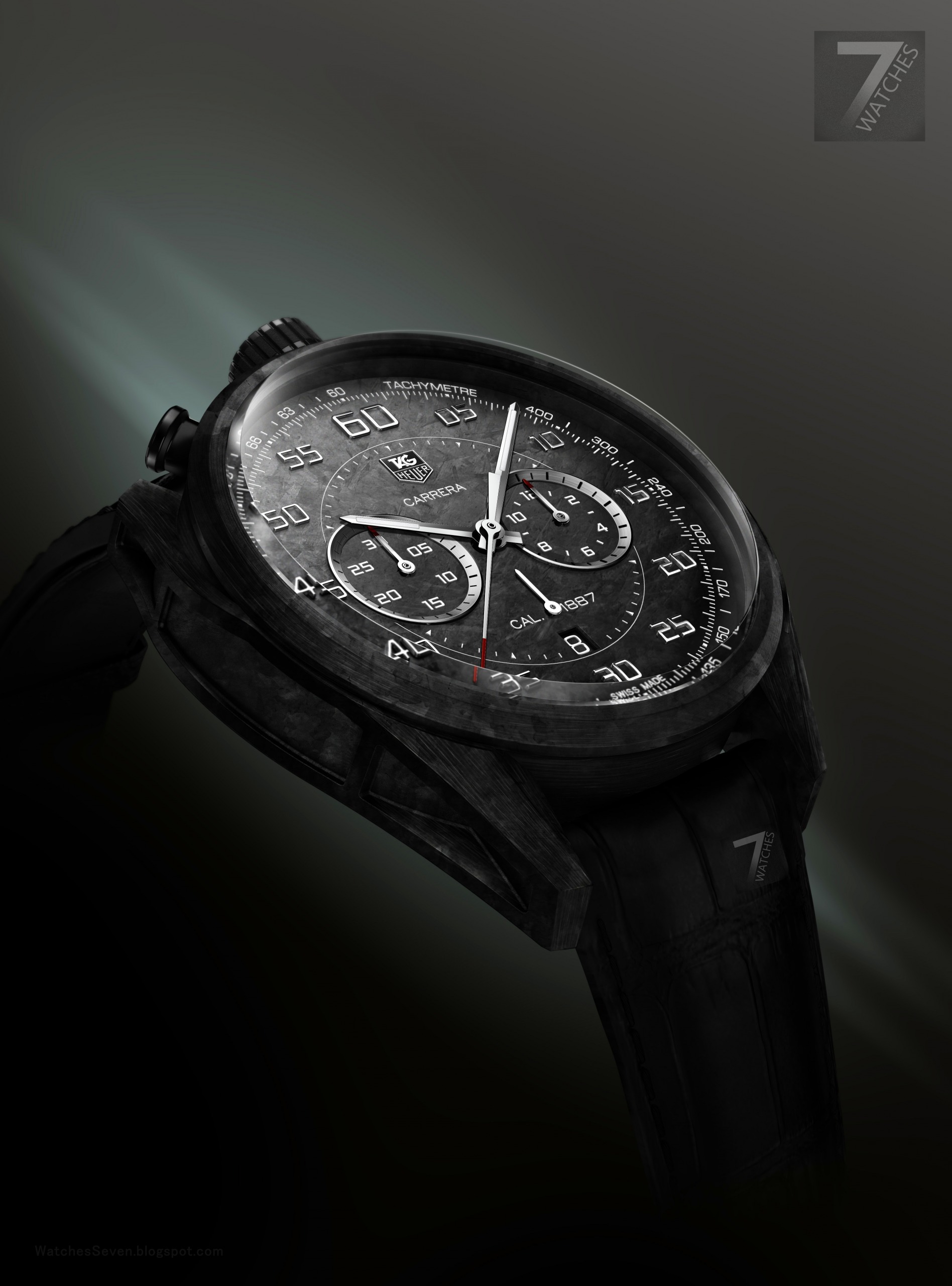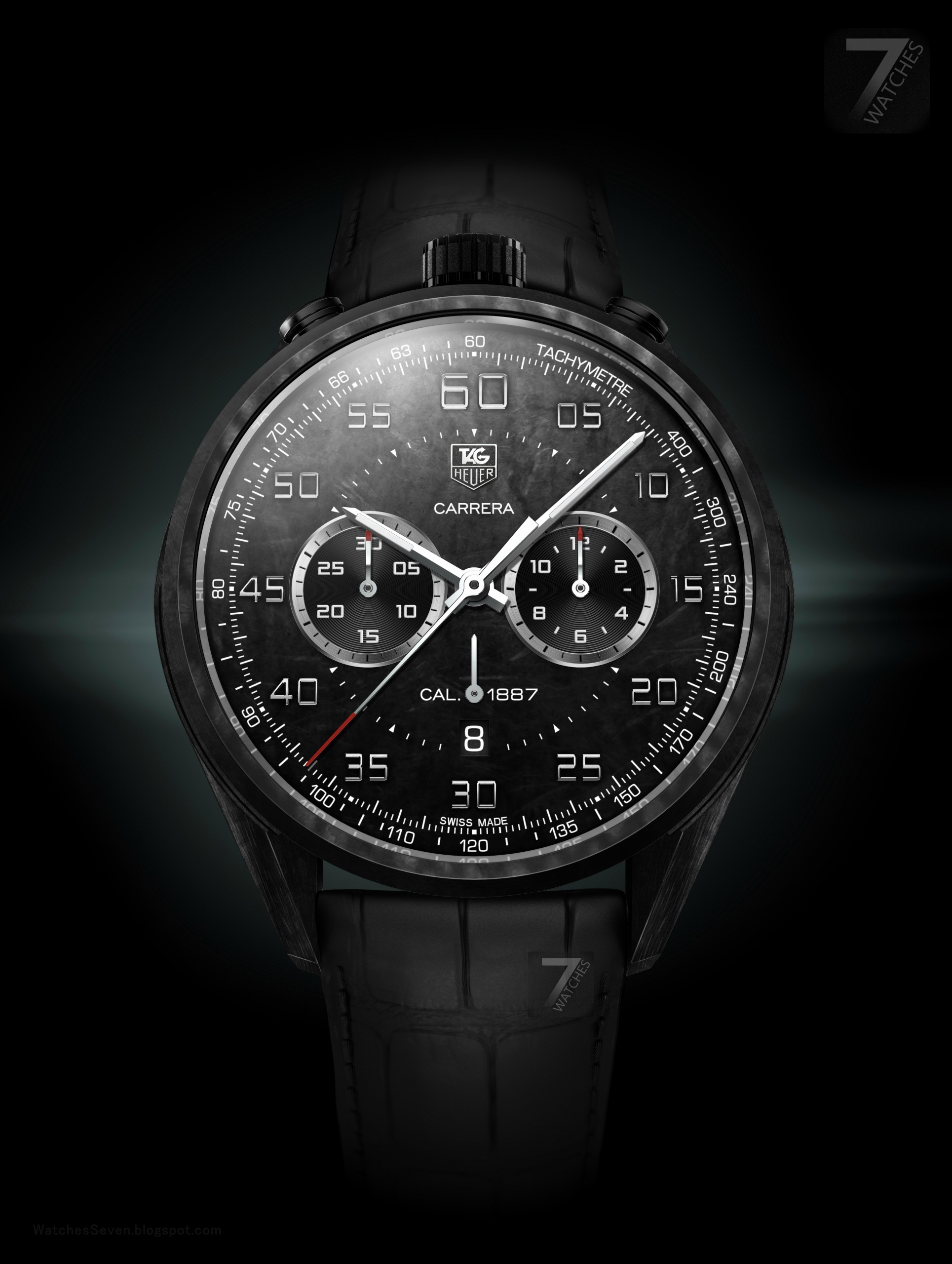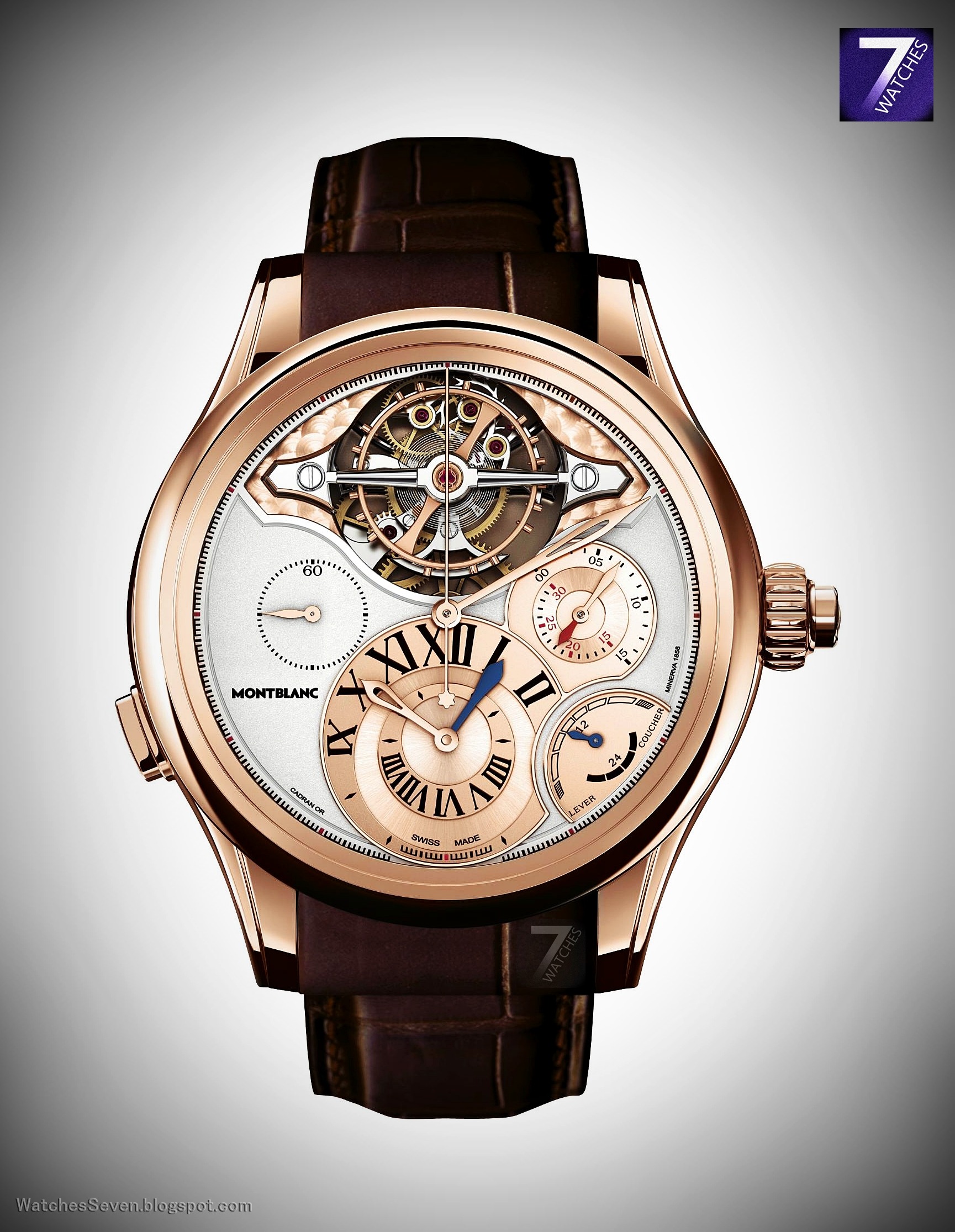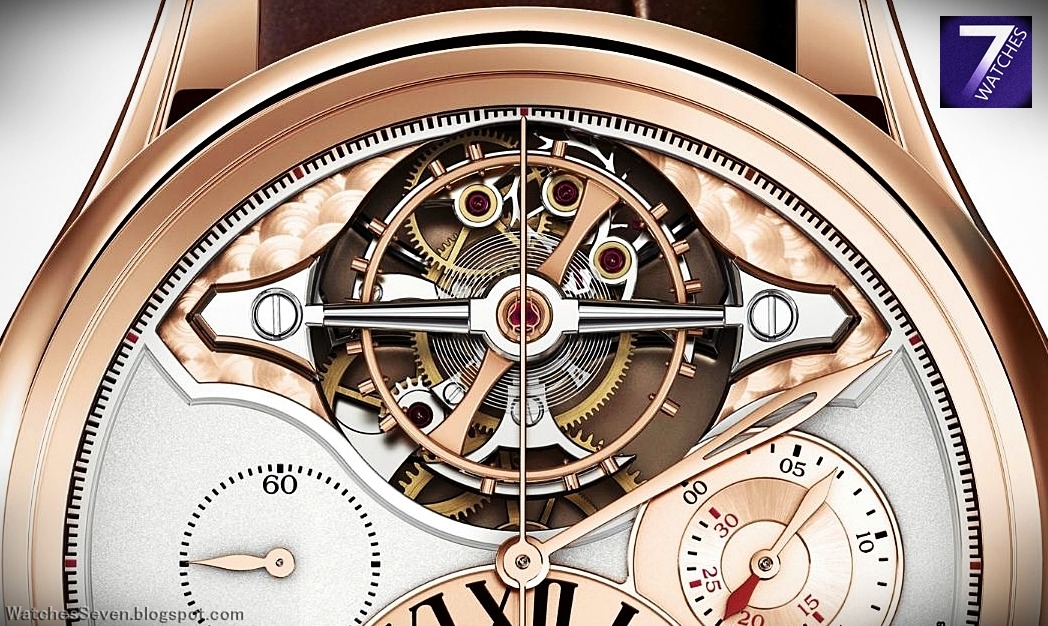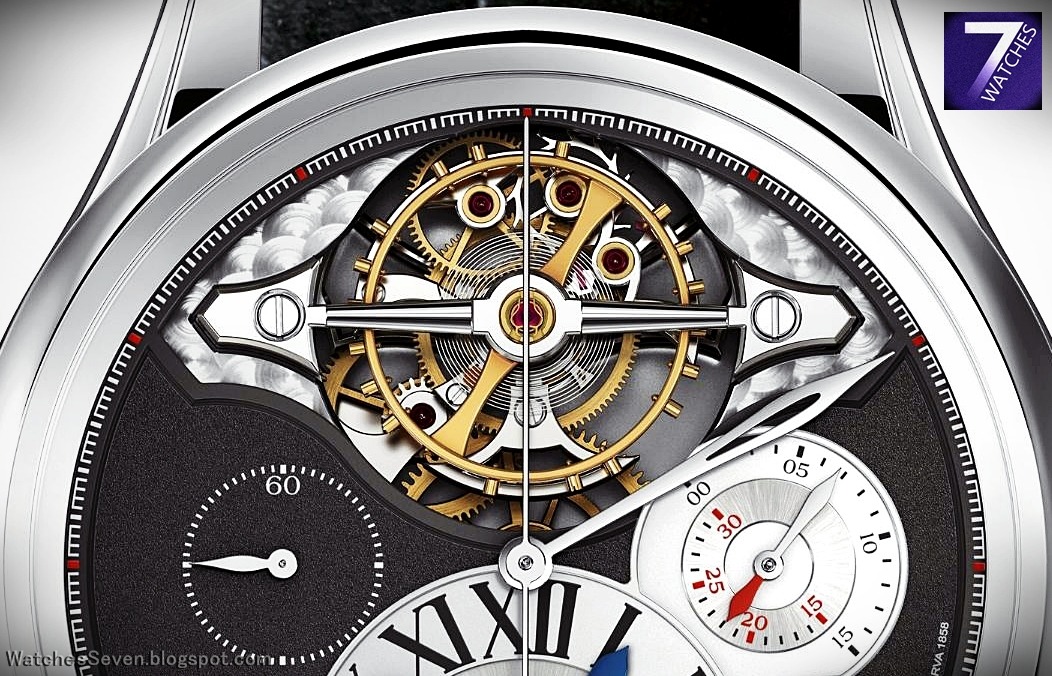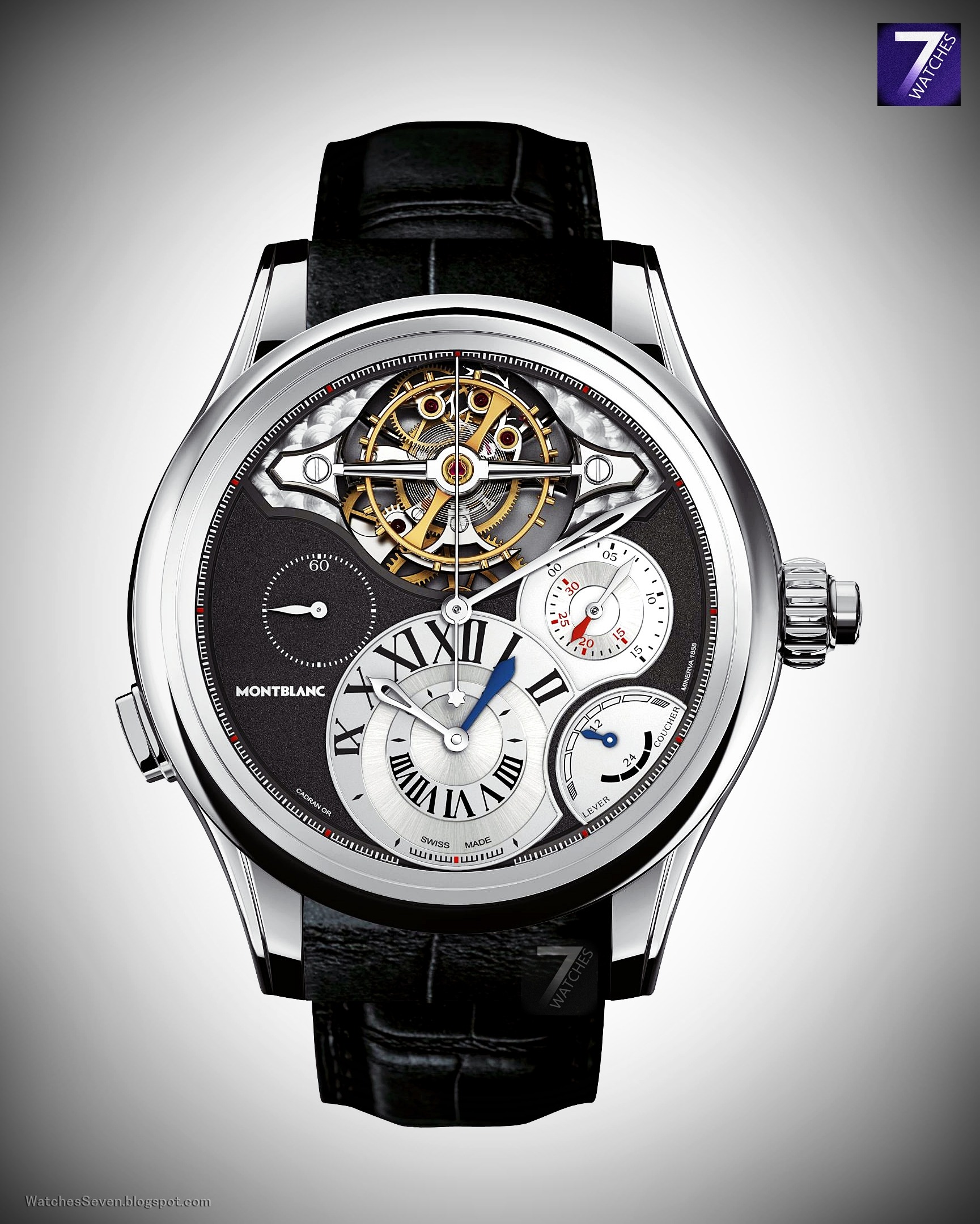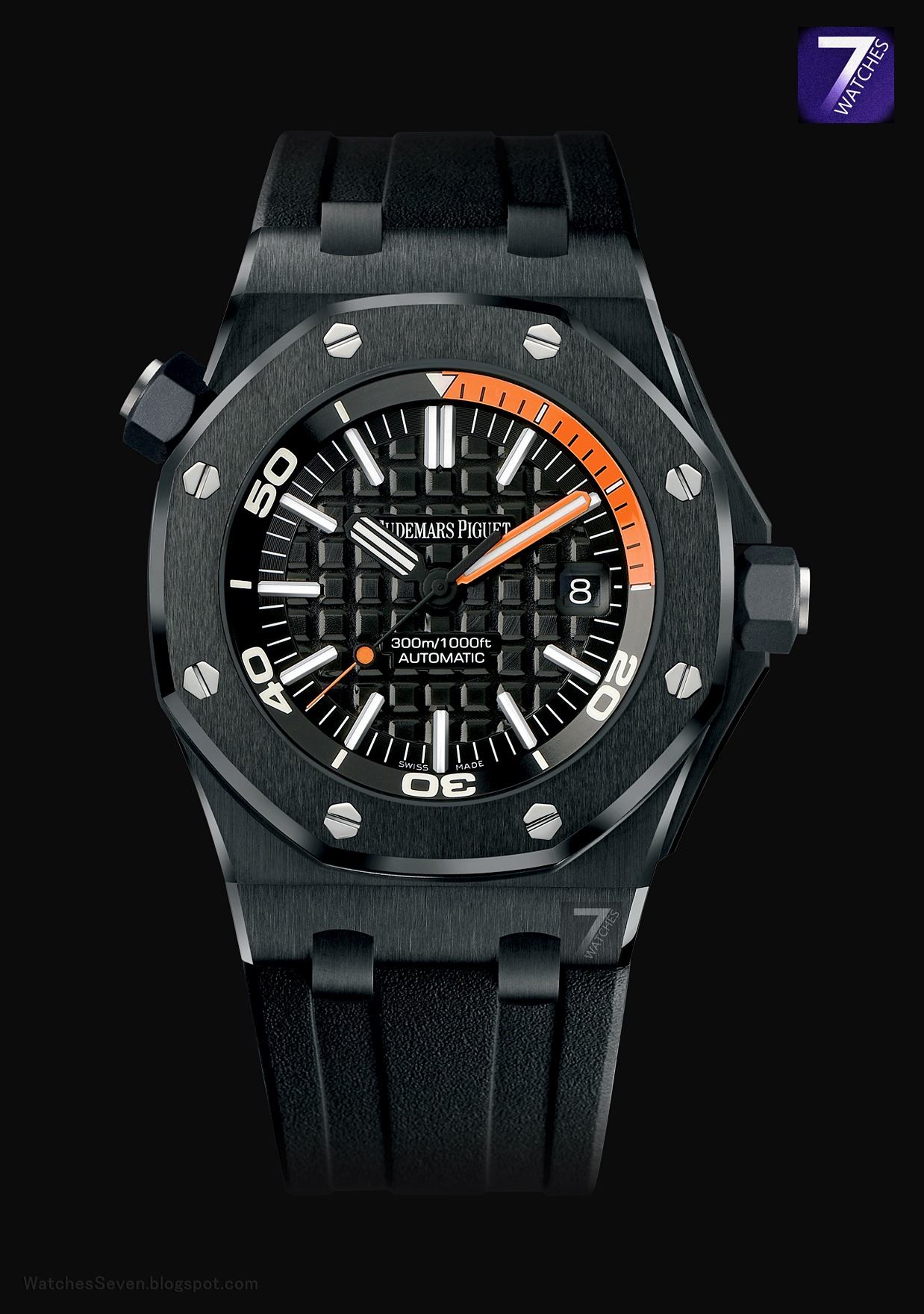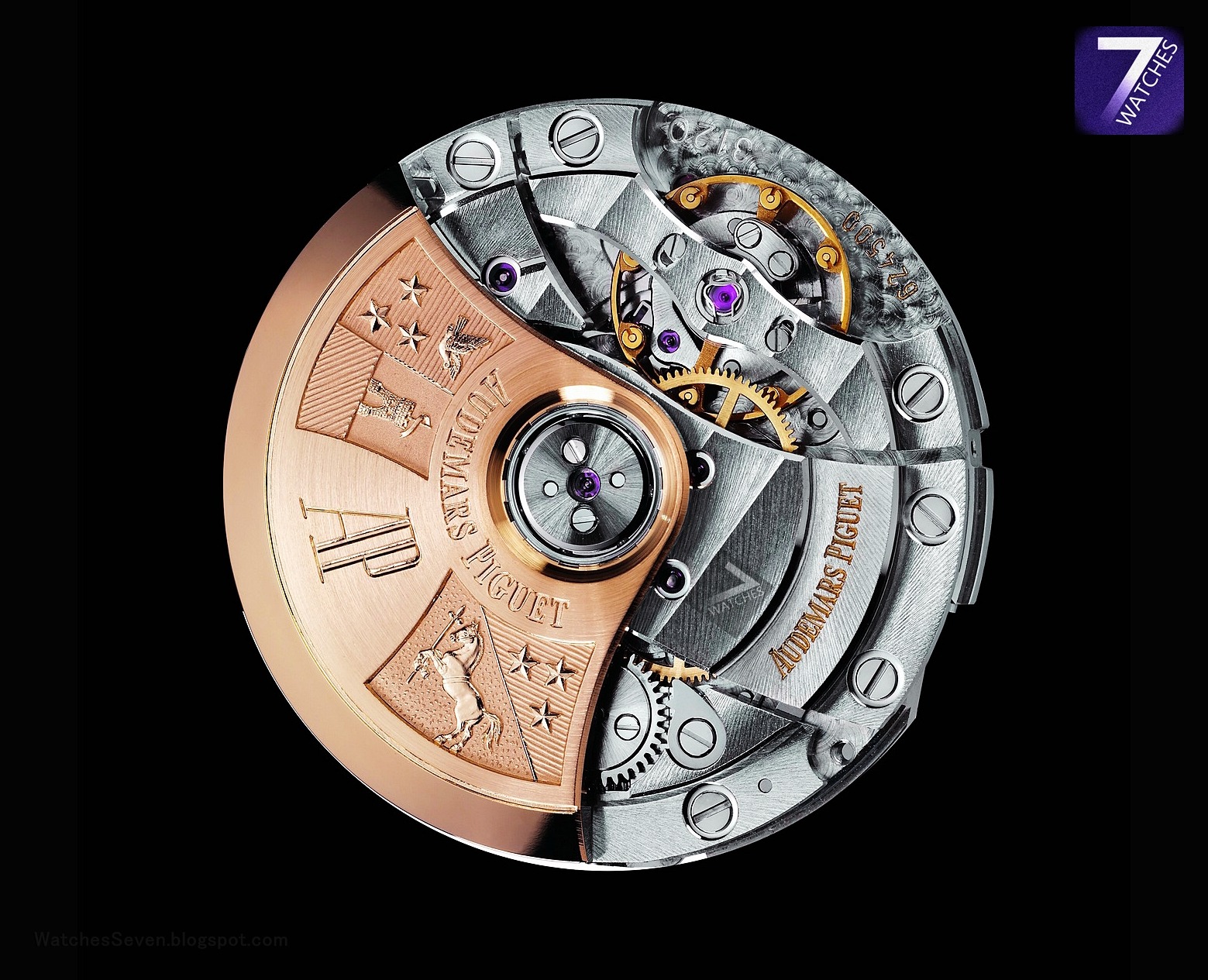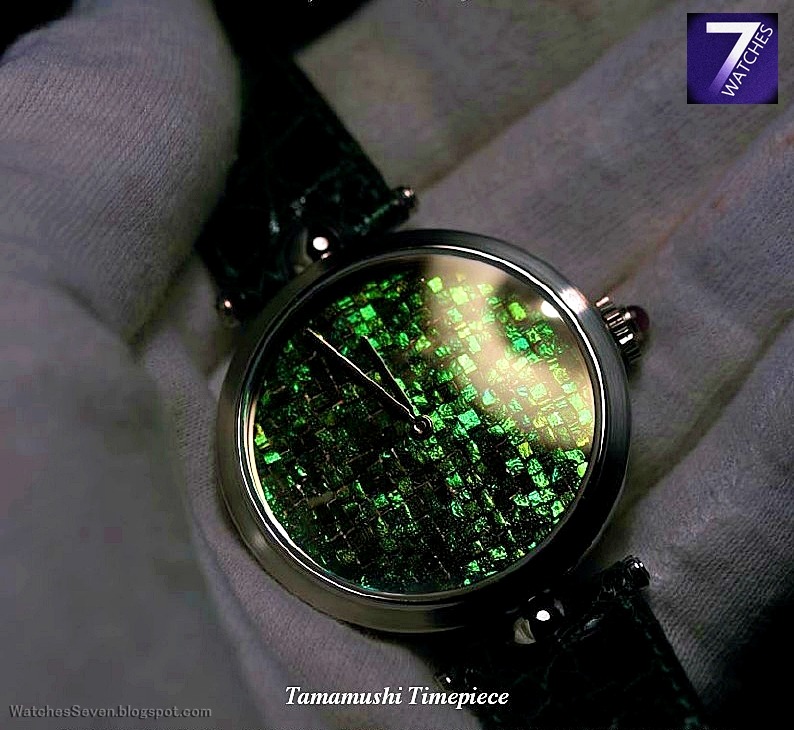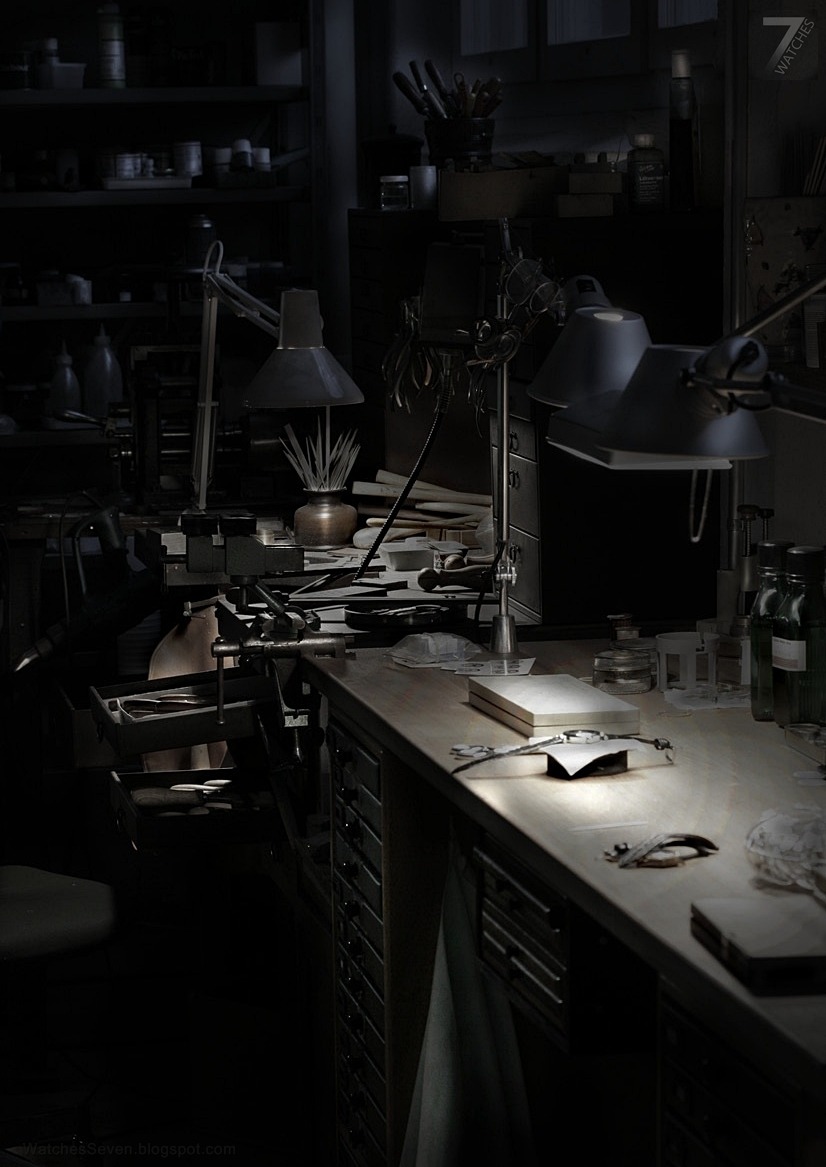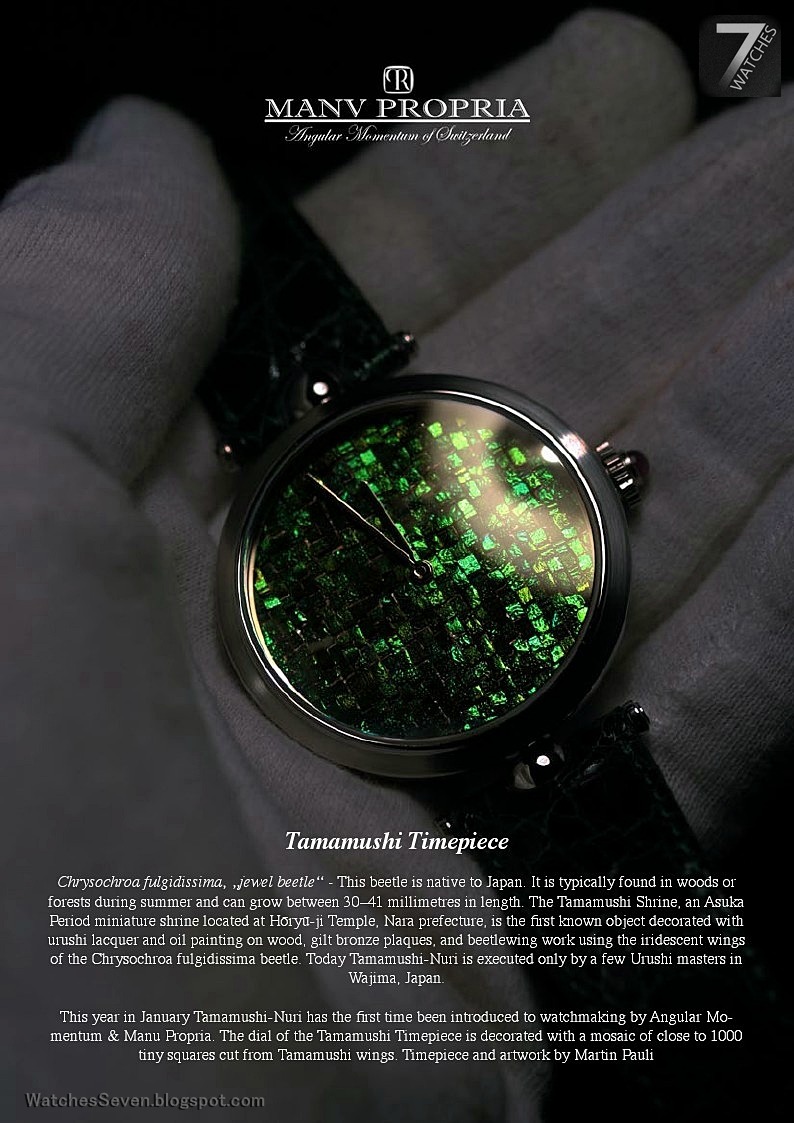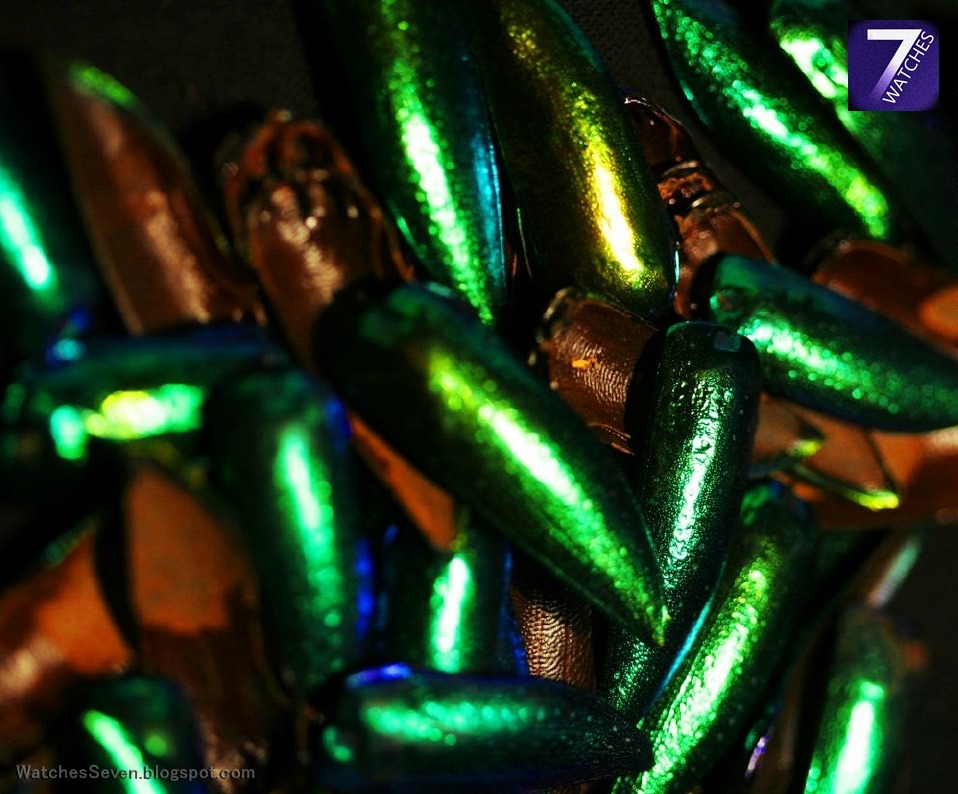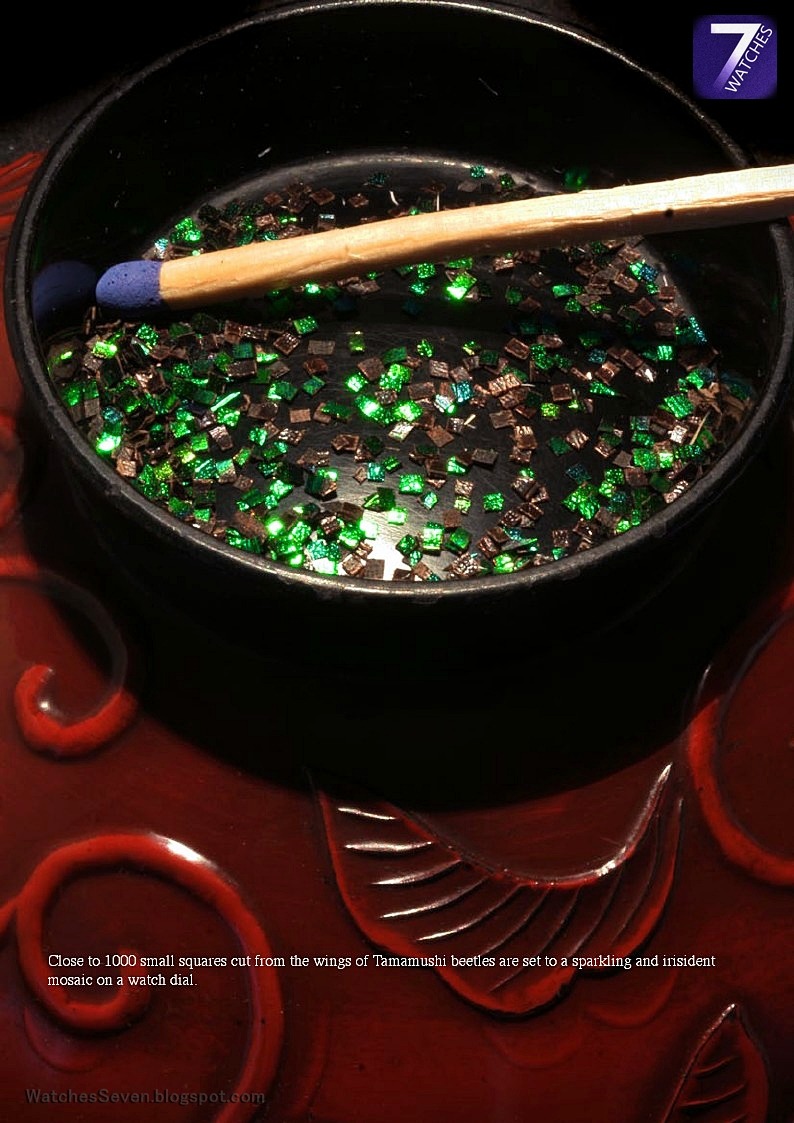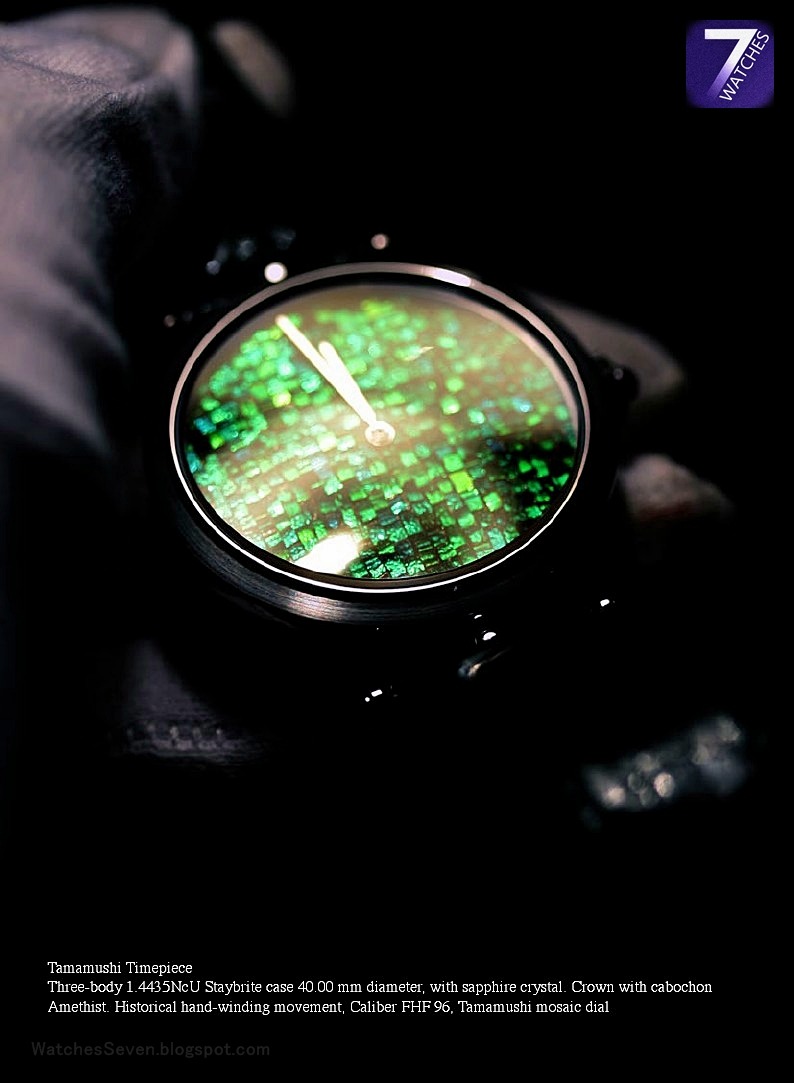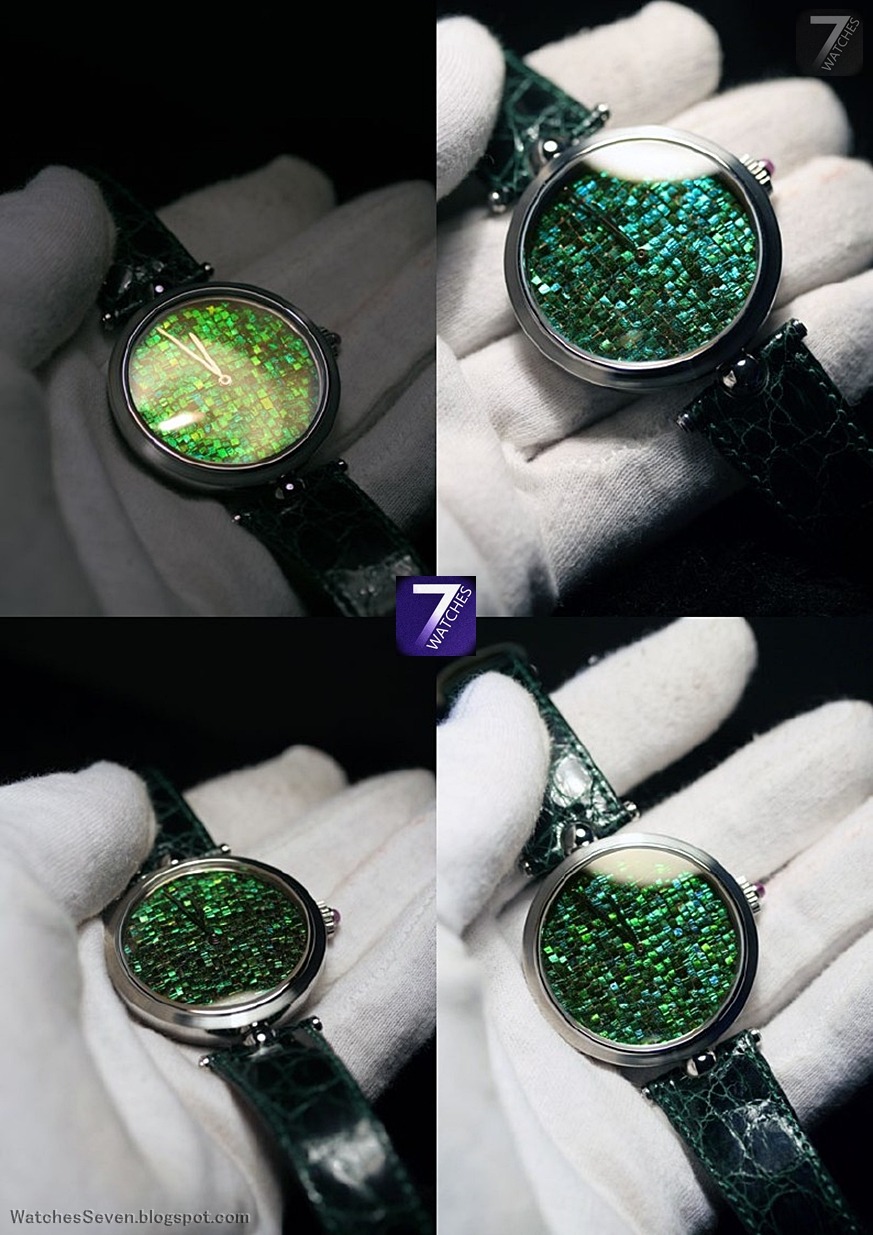Jaeger-LeCoultre – Master Grande Tradition Gyrotourbillon 3 Jubilee Platinum Limited Edition NEW
Master Grande Tradition Gyrotourbillon 3 Jubilee
A new pinnacle of the watchmaking art
A new pinnacle of the watchmaking art
In 2013, Jaeger-LeCoultre celebrates its 180th Anniversary and presents the Master Grande Tradition Gyrotourbilon 3, the tenth work in the Hybris Mechanica series dedicated to the Grande Complication models from the Manufacture.
Click on the mouse wheel to see the large size ... BIG FOTO
The Jaeger-LeCoultre gyrotourbillon is an authentic 21st century horological sensation that now appears for the first time with a flying tourbillon, a blued gold balance and a spherical-shaped balance-spring. The Master Grande Tradition Gyrotourbillon 3 also achieves another feat by combining the prodigious precision of the spherical tourbillon with the first instantaneous digital-display chronograph presented within a Grande Complication watch.
As the masterpiece of the “Tribute to Antoine LeCoultre” Jubilee trilogy, this new timepiece combines the extreme technical sophistication of the Manufacture and the finishes characteristic of time-honoured watchmaking art with an aesthetic directly inspired by the pocket watches produced by the Manufacture during the 19th century.
Click on the mouse wheel to see the large size ... BIG FOTO
The gyrotourbillon scales new peaks of perfection
The enhanced compensation for positional errors due to the influence of gravity is rendered especially fascinating by this meticulously synchronised double rotation. The spherical tourbillon immediately catches the eye at first glimpse of the face of this Master Grande Tradition Gyrotourbillon 3 Jubilee model. Nonetheless, even for certain devotees of horological innovation who have already attempted to probe the secrets of the first two spherical tourbillons developed by the Manufacture, this mechanism appears in an entirely new light: for the very first time, the absence of an upper bridge invites the gaze to wander freely through this entrancing miniature universe.
Click on the mouse wheel to see the large size ... BIG FOTO
It is composed of two carriages, respectively rotating in one minute and 24 seconds – meaning 2.5 times a minute – and does not owe its existence exclusively to the inventiveness of the engineers and watchmakers of the Manufacture, but also to the use of cutting-edge equipment such as the five-axis machining centre. Finally, it takes nothing less than ultra-light materials such as aluminium to achieve an authentic micromechanical feat by creating an ensemble composed of around one hundred parts and yet weighing less than one gram.
Click on the mouse wheel to see the large size ...
The Jaeger-LeCoultre engineers and watchmakers have combined technical inventiveness with a degree of refinement demonstrating a mastery of all aspects of the watchmaking art: the aluminium carriage of the gyrotourbillon has undergone a surface treatment that enhances its ability to reflect the light. The lightness and sturdiness of aluminium generally result in diminished radiance that considerably reduces the reflection of light rays. In this case, the material boasts reflective properties that enable light to stream into the very heart of the spherical tourbillon.
Click on the mouse wheel to see the large size ... BIG FOTO
Within this construction, a distinctive new element also naturally draws attention. In association with a 14-carat blued gold balance, the movements of the balance-spring create a surprising three-dimensional effect. After the cylindrical balance-spring of the Gyrotourbillon 2, the watchmakers of the Manufacture have developed a spherical balance-spring fitted with two terminal curves guaranteeing the best possible ‘chronometric’ or precision-timing performances.
In the Valley of Complications, the quest for precision is destined to continue unabated, and the dexterity of the Jaeger-LeCoultre watchmakers reaches new heights with this new creation.
Click on the mouse wheel to see the large size ... BIG FOTO
The new movement – Jaeger-LeCoultre Calibre 176
The latest of the 1,242 calibres built by the Grande Maison in the Vallée de Joux is named Calibre 176. Developed, crafted and assembled in the Grande Complication workshops of the Manufacture, it combines the gyrotoubillon with a chronograph function.
Jaeger-LeCoultre has developed an instantaneous digital-display chronograph boasting extraordinary precision that destine it to become a new watchmaking legend, since it is the first chronograph to be associated with a flying spherical tourbillon. Once again, the essence of this model – the perfection of the function – is clothed in pure beauty beautifully expressed on its round dial. The latter is swept over by a single seconds hand that begins running as soon as the chronograph is activated, and of which the tip, when it stops, points to the subdivisions on a classic 0 to 60 scale bearing 10-second numerals for enhanced clarity. Nonetheless, rather than counting its rotations on a subdial, the Jaeger-LeCoultre watchmakers have opted for an instantaneous digital display, composed of two generously sized apertures appearing side by side at 3 o’clock on the dial of the chronograph.
It is also worth noting that the chronograph function of the Master Grande Tradition Gyrotourbillon 3 Jubilee is of the single push-piece type, an historical feature reflecting that characteristic of late 19th century models.
Click on the mouse wheel to see the large size ... BIG FOTO
The epitome of horological tradition
The
tenth creation in the Hybris Mechanica series is distinguished by the
presence of three independent dials. Each bears a traditional Fine
Watchmaking finish intended to reveal its singular nature. The hours and
minutes dial is characterised by its traditional opaline silvered
decoration. It is swept over by new Dauphine-type hands entirely in
harmony with the other features of this timepiece. Meanwhile, the
chronograph display has a sunray rhodium-plated finish endowed with a
classic aesthetic entirely dedicated to ensuring immediate readability;
while the dial displaying the day/night indication features a
hand-punched background and the night section has been coated with a
translucent blue lacquer. The mainplate has been patiently manually
hammered, according to an ancient technique rediscovered and
meticulously applied in the workshops of the Manufacture. These skills
requiring peerless dexterity and constancy are inspired by a
pocket-watch made in 1898 by Jacques-David LeCoultre in order to
celebrate his admission into the select circle of exceptional
watchmakers who have gone down in history as the masters of their art.
This remarkably complex work already combined a number of functions
including a perpetual calendar, a moon-phase display and a minute
repeater equipped with a silent governor. The latter innovative device,
which earned one of the 400 patents awarded to the Manufacture since its
founding, is still used to this day.
The dial centre bears the Jaeger-LeCoultre logo and signature, as well as the mention of the date 1833, a reminder of the historic year when Antoine LeCoultre opened his watchmaking workshop in the Vallée de Joux.
Click on the mouse wheel to see the large size ... BIG FOTO
The Master Grande Tradition Gyrotourbillon 3 Jubilee comes in a new extra-white platinum case measuring 43.5 millimetres in diameter and 15.5 millimetres thick. The superbly elegant bezel and lugs are adorned with a polished finish creating a delicate contrast with the satin-brushed case sides.
The breathtaking beauty of the Master Grande Tradition Gyrotourbillon 3 Jubilee stems from this unique alliance between historical inspiration and cutting-edge technical innovation. It is fitted with a white gold folding clasp comprising a device enabling millimetre-accurate length adjustment according to the temperature and the humidity rate in order to guarantee a perfectly comfortable fit in all circumstances. Nonetheless, a mere description of this distinctive feature does not do justice to the work accomplished by the Jaeger-LeCoultre engineers, whose inventiveness is not confined to the technical watchmaking aspects of their timepieces. In actual fact, the additional mechanism incorporated within the folding clasp to enable perfect adjustment forms a complex construction made up of around one hundred parts. All of which serves to confirm that comfort, an essential feature of any timepiece destined to encircle the wrist, is also a matter of precision.
This model in the “Tribute to Antoine LeCoultre” Jubilee collection will be produced in a limited edition of 75.
Click on the mouse wheel to see the large size ... BIG FOTO
The roots of inventiveness
Like all watches in the Hybris Mechanica series, the Master Grande Tradition Gyrotourbillon 3 Jubilee was conceived, developed and crafted on the very spot where Antoine LeCoultre opened a watchmaking workshop exactly 180 years ago. Nonetheless, however historically remote it may now seem, the work of this brilliant pioneer maintains direct ties with the contemporary creations form the Manufacture, notably by means of an invention that led to an authentic revolution in watchmaking production. In 1844, the ambitious watchmaker invented a device that he named the Millionometer. It was the first instrument enabling measurements accurate to within one thousandth of a millimetre. This extraordinary breakthrough in the field of precision empowered the Manufacture in the Vallée de Joux to extend its production range by introducing the first series-made complicated movements. Their parts could be easily replaced, while strict controls already guaranteed their quality. Thanks to Antoine LeCoultre, pocket-watches were enriched with new and with functions that were ever more accurate, useful and fascinating. Today, the Master Grande Tradition Gyrotourbillon 3 Jubilee pays tribute to this first golden age with its unique face reminiscent of the exceptional 19th century horological creations.
As part of the Hybris Mechanica collection, exclusively composed of Grande Complication models, this new timepiece joins other major horological achievements ranging from the Grande Sonnerie to the Reverso à triptyque – the former embodying innovation in the field of striking mechanisms and the latter representing the first wristwatch to feature three dials showing civil and sidereal time as well as a perpetual calendar. Like the nine other members of this prestigious lineage, the Master Grande Tradition Gyrotourbillon is composed of an innovative combination of prestigious horological complications.
Click on the mouse wheel to see the large size ... BIG FOTO
Contemporary technology meets the genius of the great 19th century inventors in the Master Grande Tradition Gyrotourbillon 3. Their visionary spirit is more vibrantly alive than ever in the Vallée de Joux – a reality vividly confirmed by a careful observation of the spherical tourbillon. Its regular “breathing” bears an uncanny resemblance to that a living creature, steadily beating at the heart of a spherical tourbillon which appears to be floating weightless in space.
-----------------------------------------------------
TECHNICAL CHARACTERISTICS
Model: Master Grande Tradition Gyrotourbillon 3 Jubilee
Reference: 503 64 20, limited edition of 75
Movement:
Mechanical manually-wound movement,
Jaeger-LeCoultre Calibre 176, crafted, assembled and decorated by hand
Frequency: 21,600 vph (3 Hz)
Two barrels
48-hour power reserve
592 parts
92 jewels
11.15 mm thick
Flying spherical tourbillon:
Rotation speeds
Blued 14-carat gold balance
Number of parts: 11
Weight: 0.43 grams
3 ii ndependent dials:
Hour-minute dial: opaline silver-toned
Chronograph dial: sunray rhodiumed
Day/night dial:
- Hand-punched
- Night section coated with a translucent blue lacquer
Hands:
Hours and Minutes: blued Dauphine-type
Chronograph second hand: blued baton-type
Functions:
Hour, minute
Flying gyrotourbillon
Instantaneous digital-display chronograph activated by a single push-piece at 2 o’clock
Case:
Extra-white platinum
43.5 mm in diameter
15.5 mm thick
Polished lugs and satin-brushed case middle
Water resistance: 5 atm
Strap:
Jaeger-LeCoultre blue high-end alligator leather strap,
white gold adjustable folding clasp
--------------------------------
Press release
---------------------------------------------------------------------
www.facebook.com - Jaeger-LeCoultre
---------------------------------------------------------------------------------
www.Jaeger-LeCoultre.com
The dial centre bears the Jaeger-LeCoultre logo and signature, as well as the mention of the date 1833, a reminder of the historic year when Antoine LeCoultre opened his watchmaking workshop in the Vallée de Joux.
Click on the mouse wheel to see the large size ... BIG FOTO
The Master Grande Tradition Gyrotourbillon 3 Jubilee comes in a new extra-white platinum case measuring 43.5 millimetres in diameter and 15.5 millimetres thick. The superbly elegant bezel and lugs are adorned with a polished finish creating a delicate contrast with the satin-brushed case sides.
The breathtaking beauty of the Master Grande Tradition Gyrotourbillon 3 Jubilee stems from this unique alliance between historical inspiration and cutting-edge technical innovation. It is fitted with a white gold folding clasp comprising a device enabling millimetre-accurate length adjustment according to the temperature and the humidity rate in order to guarantee a perfectly comfortable fit in all circumstances. Nonetheless, a mere description of this distinctive feature does not do justice to the work accomplished by the Jaeger-LeCoultre engineers, whose inventiveness is not confined to the technical watchmaking aspects of their timepieces. In actual fact, the additional mechanism incorporated within the folding clasp to enable perfect adjustment forms a complex construction made up of around one hundred parts. All of which serves to confirm that comfort, an essential feature of any timepiece destined to encircle the wrist, is also a matter of precision.
This model in the “Tribute to Antoine LeCoultre” Jubilee collection will be produced in a limited edition of 75.
Click on the mouse wheel to see the large size ... BIG FOTO
The roots of inventiveness
Like all watches in the Hybris Mechanica series, the Master Grande Tradition Gyrotourbillon 3 Jubilee was conceived, developed and crafted on the very spot where Antoine LeCoultre opened a watchmaking workshop exactly 180 years ago. Nonetheless, however historically remote it may now seem, the work of this brilliant pioneer maintains direct ties with the contemporary creations form the Manufacture, notably by means of an invention that led to an authentic revolution in watchmaking production. In 1844, the ambitious watchmaker invented a device that he named the Millionometer. It was the first instrument enabling measurements accurate to within one thousandth of a millimetre. This extraordinary breakthrough in the field of precision empowered the Manufacture in the Vallée de Joux to extend its production range by introducing the first series-made complicated movements. Their parts could be easily replaced, while strict controls already guaranteed their quality. Thanks to Antoine LeCoultre, pocket-watches were enriched with new and with functions that were ever more accurate, useful and fascinating. Today, the Master Grande Tradition Gyrotourbillon 3 Jubilee pays tribute to this first golden age with its unique face reminiscent of the exceptional 19th century horological creations.
As part of the Hybris Mechanica collection, exclusively composed of Grande Complication models, this new timepiece joins other major horological achievements ranging from the Grande Sonnerie to the Reverso à triptyque – the former embodying innovation in the field of striking mechanisms and the latter representing the first wristwatch to feature three dials showing civil and sidereal time as well as a perpetual calendar. Like the nine other members of this prestigious lineage, the Master Grande Tradition Gyrotourbillon is composed of an innovative combination of prestigious horological complications.
Click on the mouse wheel to see the large size ... BIG FOTO
Contemporary technology meets the genius of the great 19th century inventors in the Master Grande Tradition Gyrotourbillon 3. Their visionary spirit is more vibrantly alive than ever in the Vallée de Joux – a reality vividly confirmed by a careful observation of the spherical tourbillon. Its regular “breathing” bears an uncanny resemblance to that a living creature, steadily beating at the heart of a spherical tourbillon which appears to be floating weightless in space.
-----------------------------------------------------
TECHNICAL CHARACTERISTICS
Model: Master Grande Tradition Gyrotourbillon 3 Jubilee
Reference: 503 64 20, limited edition of 75
Movement:
Mechanical manually-wound movement,
Jaeger-LeCoultre Calibre 176, crafted, assembled and decorated by hand
Frequency: 21,600 vph (3 Hz)
Two barrels
48-hour power reserve
592 parts
92 jewels
11.15 mm thick
Flying spherical tourbillon:
Rotation speeds
- Outer carriage in extra-bright aluminium: 1 rotation/minute
- Inner carriage in extra-bright aluminium: 2.5 rotations/minute
Blued 14-carat gold balance
Number of parts: 11
Weight: 0.43 grams
3 ii ndependent dials:
Hour-minute dial: opaline silver-toned
Chronograph dial: sunray rhodiumed
Day/night dial:
- Hand-punched
- Night section coated with a translucent blue lacquer
Hands:
Hours and Minutes: blued Dauphine-type
Chronograph second hand: blued baton-type
Functions:
Hour, minute
Flying gyrotourbillon
Instantaneous digital-display chronograph activated by a single push-piece at 2 o’clock
- Digital display of the minutes (from 00 to 59)
- Pointer-type indication of the chronograph seconds
Case:
Extra-white platinum
43.5 mm in diameter
15.5 mm thick
Polished lugs and satin-brushed case middle
Water resistance: 5 atm
Strap:
Jaeger-LeCoultre blue high-end alligator leather strap,
white gold adjustable folding clasp
--------------------------------
Press release
---------------------------------------------------------------------
www.facebook.com - Jaeger-LeCoultre
---------------------------------------------------------------------------------
www.Jaeger-LeCoultre.com


